Hello one and all. As a family we are very aware that we’ve left anyone reading our blog wondering if we ever made it back home, or whether we’ve been stuck in Tonga for the past two years. Considering the whole COVID-19 situation the world currently finds itself in, we are very happy to report that we did finish our trip and have been safely back in South Africa since the first week of November 2018. We can only imagine what kind of hassles would have befallen us had we still been trying to traverse the world X I.
Although we have indeed been safely back in our South African home for almost two years now, we remember the sailing with fondness, yearning, relief, and joy. We (maybe mostly me) will be continuing the blog mostly for our own reminiscing [and also my Dad wants us to finish it – blogs are part of his birthday and Christmas gifts ; ) ]. Any reader is welcome to reminisce with us : ).
My Dad has made various efforts to try and coax blogs out of us, even suggesting we write any blog, even if it were not in chronological order. I, however, could not bring myself to even consider this option, and will therefore pick up the narrative where we last left off: in the South Pacific.
Throughout our trip through the South Sea we had kept to a very definitive schedule, only staying a prescribed number of days at each island and really trying not to spend more days out at sea than was absolutely necessary; this meant that we motored quite a bit.
The reason was simple: Marike and I had Cambridge exams (the curriculum we used for grades 11 & 12) to write at the end of the year, all the way in New Zealand, the entire Pacific Ocean’s distance … The plot thickens, as up until 1 November there are no good weather windows to sail to New Zealand safely and our exams started in October. This problem was circumvented by booking flight tickets from Fiji (the closest islands to NZ) – but that only meant having to be in Fiji at a very specific date. When sailing, your smallest measure of time is half a day; minutes are non-existent, and hours are used to measure the time it takes to get the water tanks full. Arriving a day later than planned at a location is not something one really notices while sailing – unless the day you missed was the day of your flight.
By God’s grace and to our great relief, we arrived in Fiji a whole 5 days before needing to board the flight. It was a weird five days for me. Throughout the Pacific there had been a growing excitement about our upcoming flight, and I had even made a list about what to pack months before the actual event. But with this specific trip I found out that, unlike Marike, I really do not like change – especially if I’m not at all sure what exactly the change will entail. I don’t like the unexpected. And I don’t actually like being independent either. So even as Marike’s excitement for the trip grew day by day, I began to feel more and more disheartened with every item packed. I was completely surprised by how badly I was taking the change. I mean, I was 17, and had been living a life of constant change for the last 2+ years – I should have been able to take this independent stride away from my family into the unknown with ease and confidence. Yet I found myself very reluctant and unsure.
What added to this overall growing mix of homesickness, was looking at Fiji – this new and exciting island with rich and diverse bird life – and knowing I would never really have the chance to see any of the birds (Yes, I know, not what people are usually sad at missing out on ; P). Contrary to my expectations, I did see a small handful of new birds, and this made me feel a bit better. I also coaxed Karin and Sophia into promising me to try and birdwatch a bit in my place while I was gone. They never really succeeded, but there was one bird, the Fijian Finch, which they managed to tell me about. Although I didn’t see the bird myself, the fact that they had seen it made me feel better; and the fact that they tried made me feel special.
Our five days in Fiji went too fast for me, and probably not fast enough for Marike. I’ll leave the description of Fiji’s mixed Indian and Native Islander community up to my younger sisters as I did not really see much of it. My Dad, being the awesome dad that he is, very specifically made sure that we at least saw something – we hired a car and went to a park, and my Dad specifically took the two of us for a dive. I had much more confidence that the remaining family members would mark the fish they saw in the fish book (a task I started and made them promise to continue in my absence), but felt better that I had at least been able to do the first number of identifications. The dive was truly beautiful, but again, I’ll leave that for a younger sister to tell as they saw more of it.
The day of our departure finally arrived. Marike and I dressed as warmly as we dared in the Fijian heat (having been warned that airplanes and New Zealand are generally cold places), and we set off.
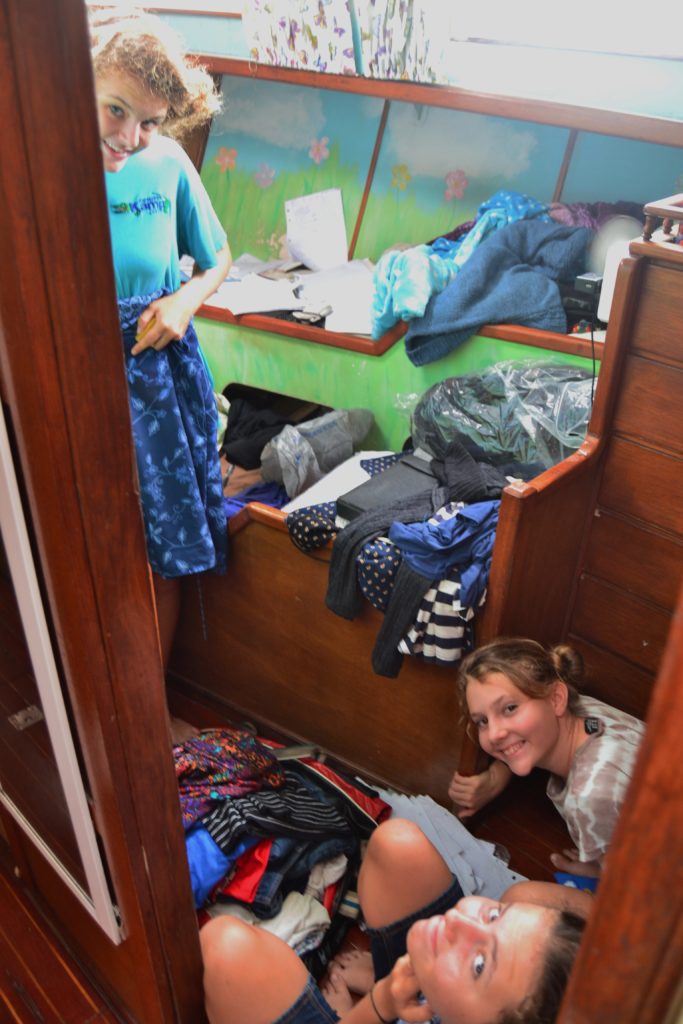
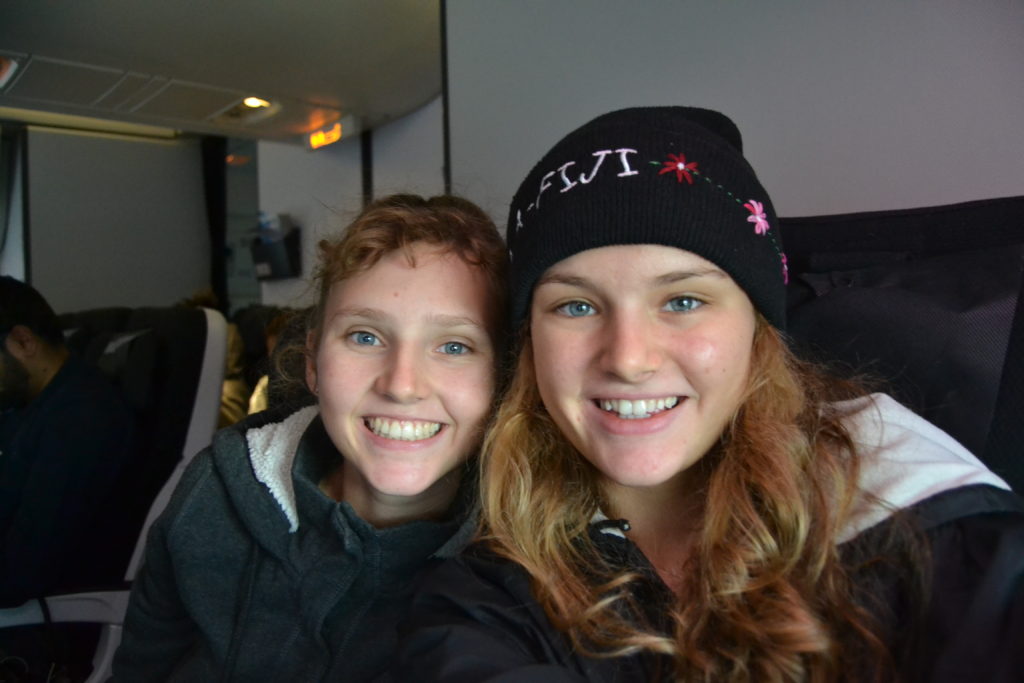


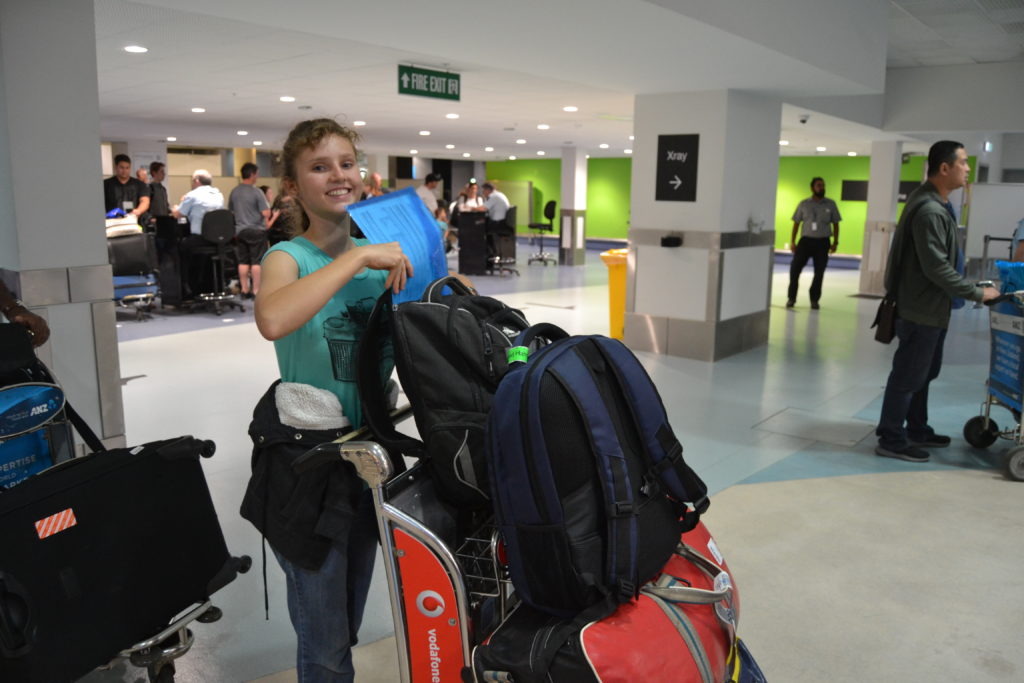
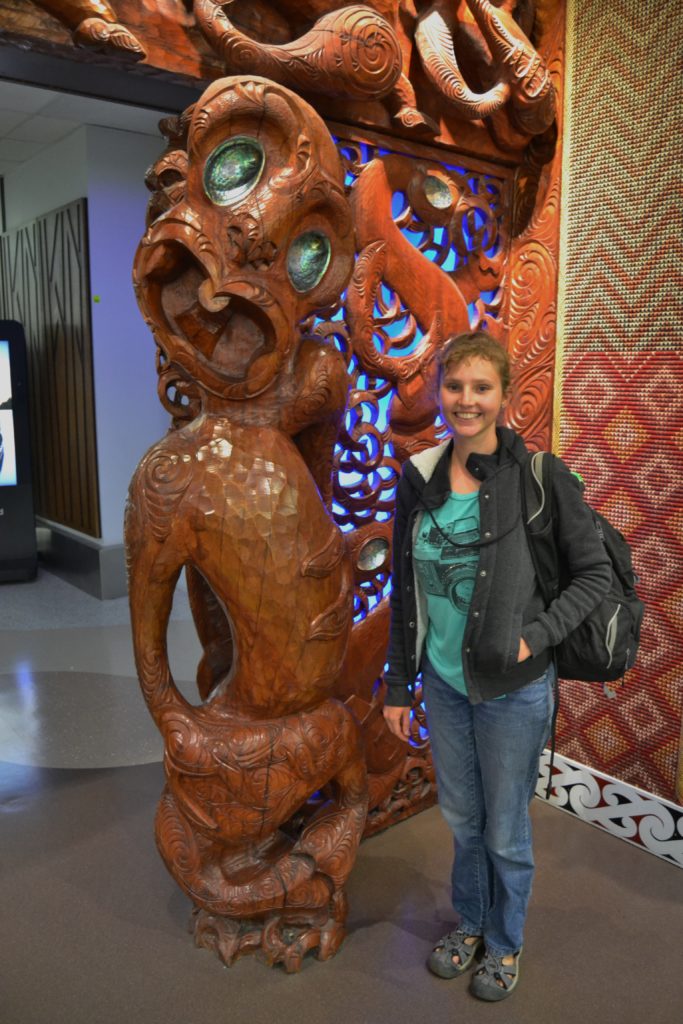
Now did our parents send us into the wild unknown without a place to stay or call our own? Of course not. Enter the Whittaker family. They are one of the many families who over the years have immigrated from South Africa to New Zealand. My parents knew them from the Campus Crusade Ministries they ran at my parents’ university, and I personally have a few vague memories of the family before they disappeared into the realm of “People my parents know/knew” and “Don’t you remember them? They came to our house once and they have X many kids…”. (In this case x=3 . Kerrin, Edmund and Stewart, of which only Stewart was really still living at home, finishing school. We saw Kerrin only when she came to visit for a few days, and “Ghost” Edmund only occasionally as he worked most of the time [I think it was a full two weeks before Marike and I actually saw him, hence the “ghost” : )]).
The Whitakkers are a wonderful family and they spared no effort in taking care of these two young nestlings now living in their house. They took us to parks, we rented movies, had ice cream, and they also helped make sure we got to all our exams safely and on time – despite having very full schedules with their normal lives.
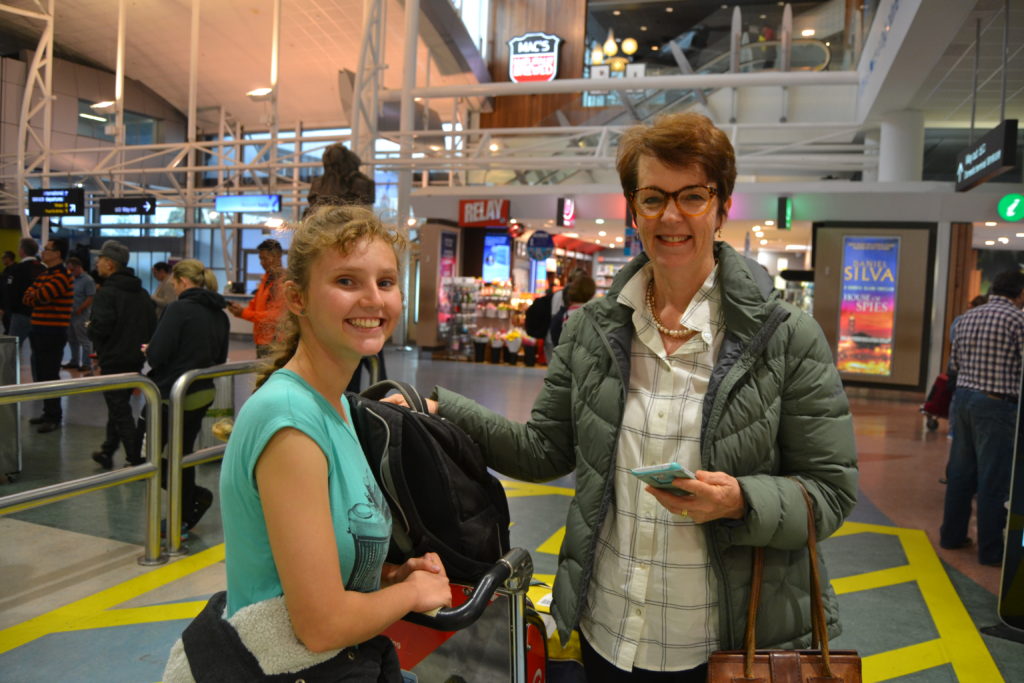
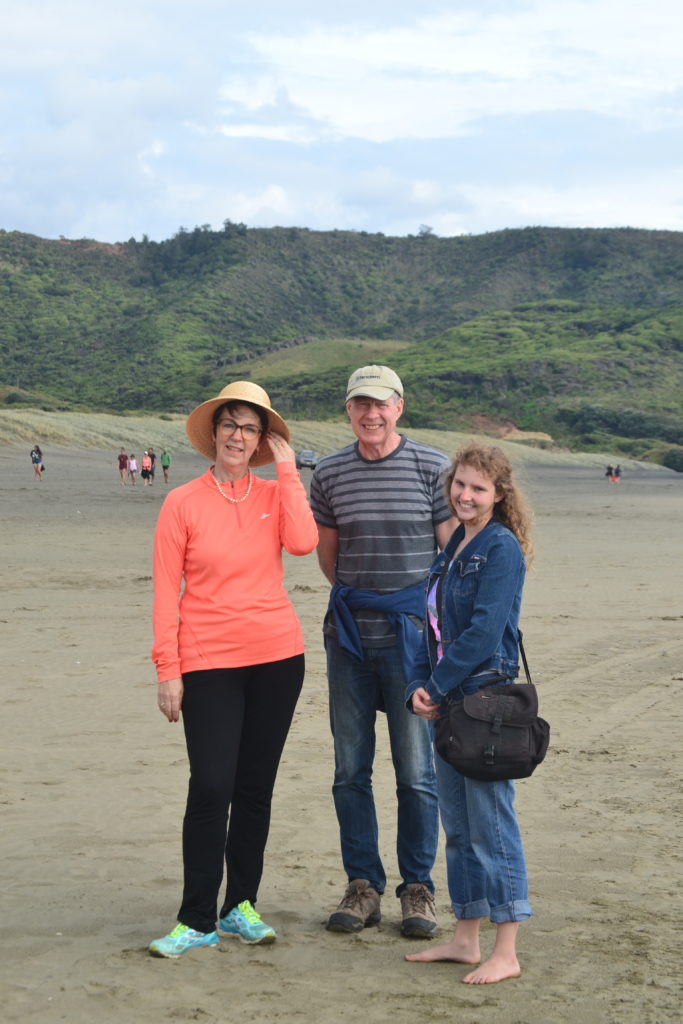
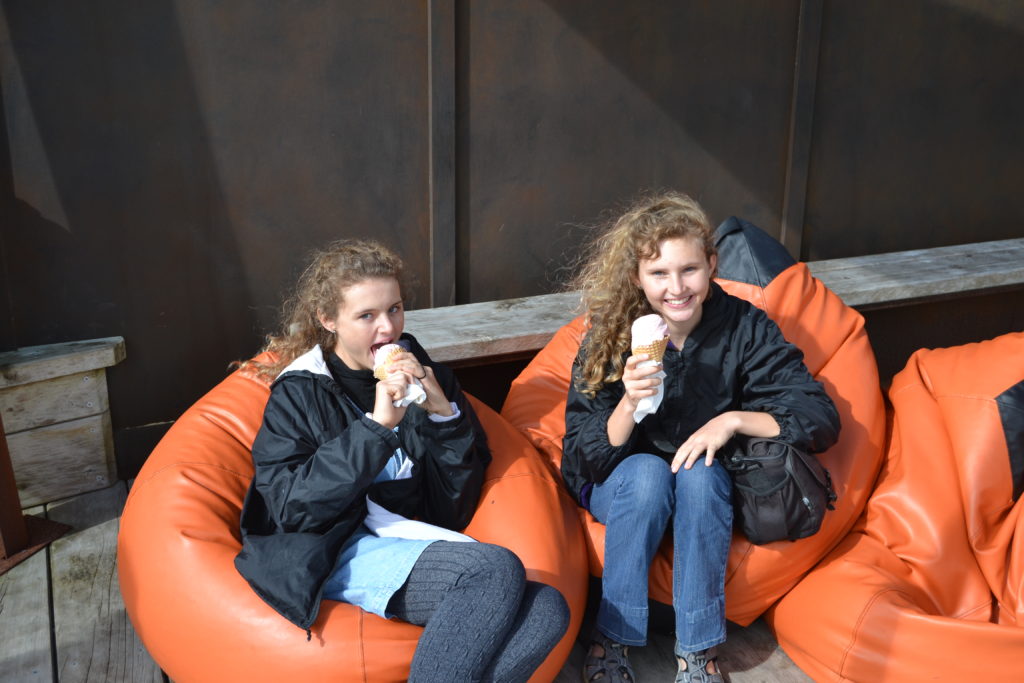
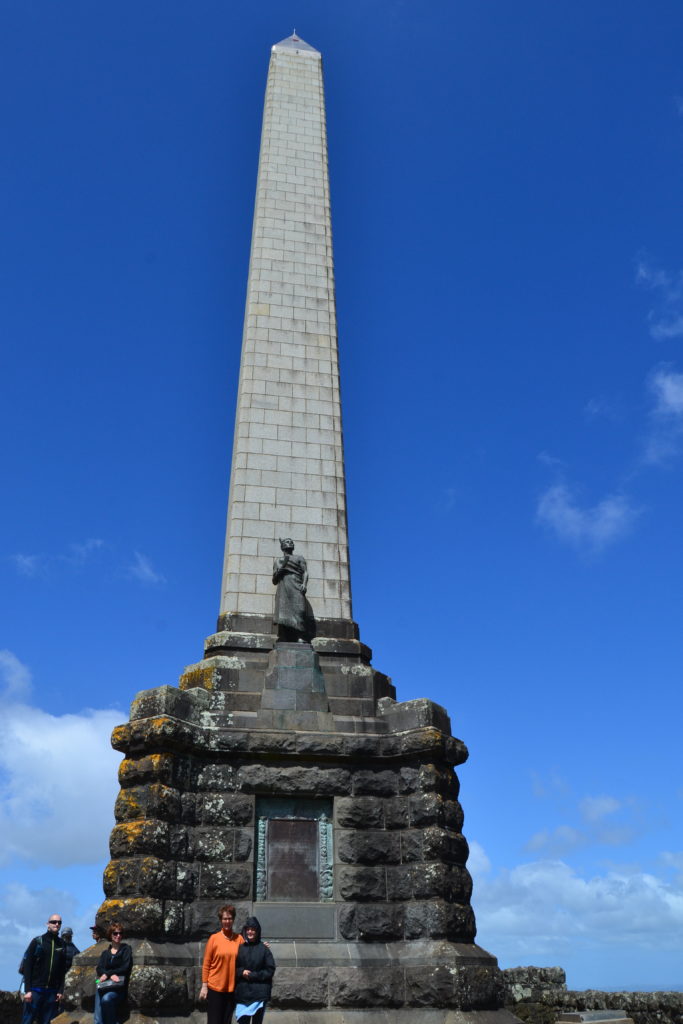
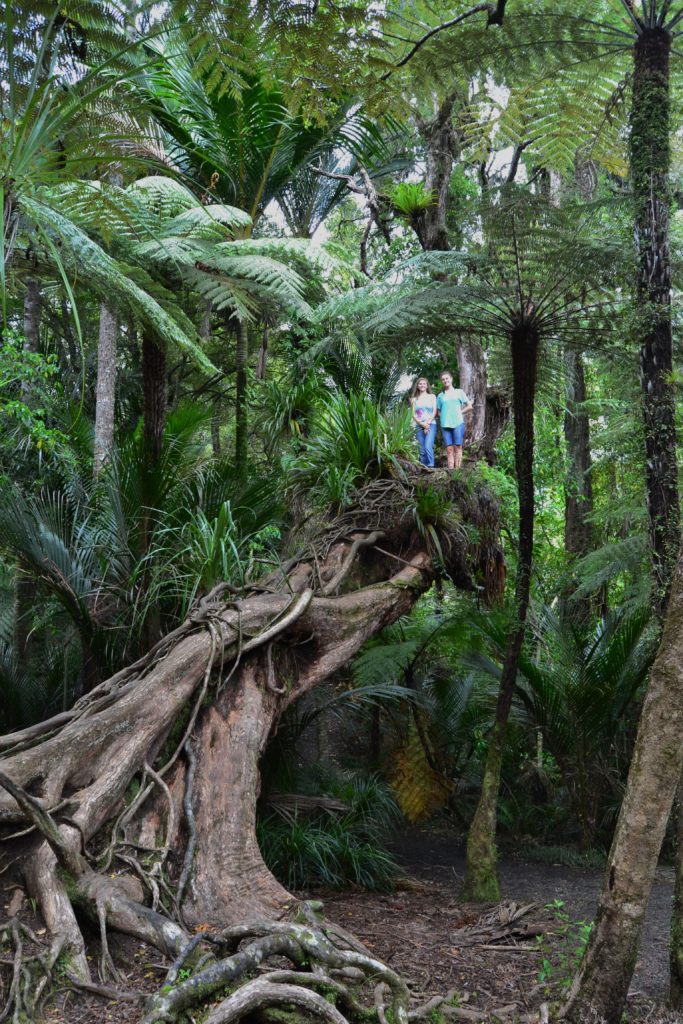
The Whitakkers have a little apartment attached to their house which they let out as an Air B&B (they’ve since then turned it into a proper apartment for renting out), which they graciously let us have for the entire 2 months duration of our stay in their home.
When we arrived in New Zealand it was indeed chilly, the sky was reflecting my mood in its bumpy grey gloominess, and the wind tugged at everything. Later it also started raining. Not the sudden, heavy, and quick rainstorms we had grown accustomed to in the tropics; but a steady slightly-heavier-than-a-drizzle rain, just enough to blur the world’s edges. I made the world seem calm. The Whittakers have quite a nice back garden – I just sat there under the porch watching nature be calm, and even risked my camera getting wet to take a few pictures of birds. The resulting photos are truly useless -what with the camera picking up every single raindrop between it and the bird – but the action made the world seem a bit more normal, and I felt comforted.
After that the days just sort of blurred into one. Marike and I studied most of the time, also taking turns to help Aunty Dale in the Kitchen. She’s a very good cook who is always trying out new recipes. Working in a “landlubber” kitchen after the galley on the boat was truly strange. Not immediately, but small things stood out as strange. Like how much water Steward used to wash dishes; or that we couldn’t just throw organic garbage out the window (which I almost did, once); as well as how precariously we could stack glassware in the cupboards. On a boat, anything that shows the slightest signs of centre-of-mass issues needs to be addressed immediately; but in a house…well, unless it falls over immediately it is unlikely to do so in future unless someone goes out of their way to push it over. Leaving a small Leaning Tower of Bowls in the cupboards felt wrong, and in the back of my mind I was just waiting to hear the crash as the slight rocking of the boat toppled over the precarious tower…But truly, every time I happened to open the cupboard, the tower stood exactly as I left it, without a millimetre’s difference. To be honest, this actually still feels strange, even though we have been back on land for so long.
Out exams took place throughout the end of October, and everything went relatively smoothly – except for the one day we were almost late and literally walked in as everyone was receiving their papers; and the two different days on which Marike and I really just hit a bit of a blank during the exam….Yeah, those were not exactly happy days. But mostly the exams went well and we got relatively good marks : ).
It was our first time writing with so many other students, and in such a prestigious school. We wrote some grade 11 exams while still in South Africa, but there were never more than 10 people writing at a time. In this school, however, most of the other students were in their uniforms, and we had to file into the classroom in long straight lines. Outside the classrooms there were always these huge posters warning what objects you were not allowed to take into the exam and that non adherence to the rules would get you DISQUALIFIED – massive red letters that always caught my eye. While waiting for the exams to finally start I had plenty of time to read those posters again and again – while feeling slightly ridiculous at a growing fear that a smart watch would manifest its presence on my arm just as I walked into the exam room. I’m not sure why of all the forbidden objects the Smart Watch was the one haunting me, especially since I had zero exposure to them at that point. Maybe that was exactly the reason: they were objects with exact powers unknown, so who was I to say one couldn’t just appear on my arm?
After all the exams were finally done, the wait for our family to arrive began in earnest. The 1st of November came and went without a proper idea of when the weather would be safe enough for the voyage from Fiji to NZ. We heard filtered news back from our family of some sailors saying the weather was right while others said it was terrible. The week that the Whittakers had set aside and booked off work to spend with us on the boat edged ever nearer in NZ, while the boat stood still in Fiji. Marike and I had tentatively tried to warn that Shang Du might not leave Fiji on exactly the first, and that their voyage might take more than the estimated…um, 14 days?
Meanwhile in Fiji our cousin Ralph, who had flown from South Africa to visit and fill up the missing crew numbers, was also running out of time. They had already paid and booked his return flight from NZ to South Africa. Remember I mentioned that time works differently when travelling on a boat? Well, in the end it was also necessary for Ralph to fly from Fiji to NZ, otherwise he would have missed his pre-booked flight. This negated the whole idea that he would fill in the gaps in the crew, but at least he ended up being able to spend a few days with the two of us in NZ, which he would not otherwise have. It wasn’t a very exciting few days, but we did manage a few sight-seeing trips : ).
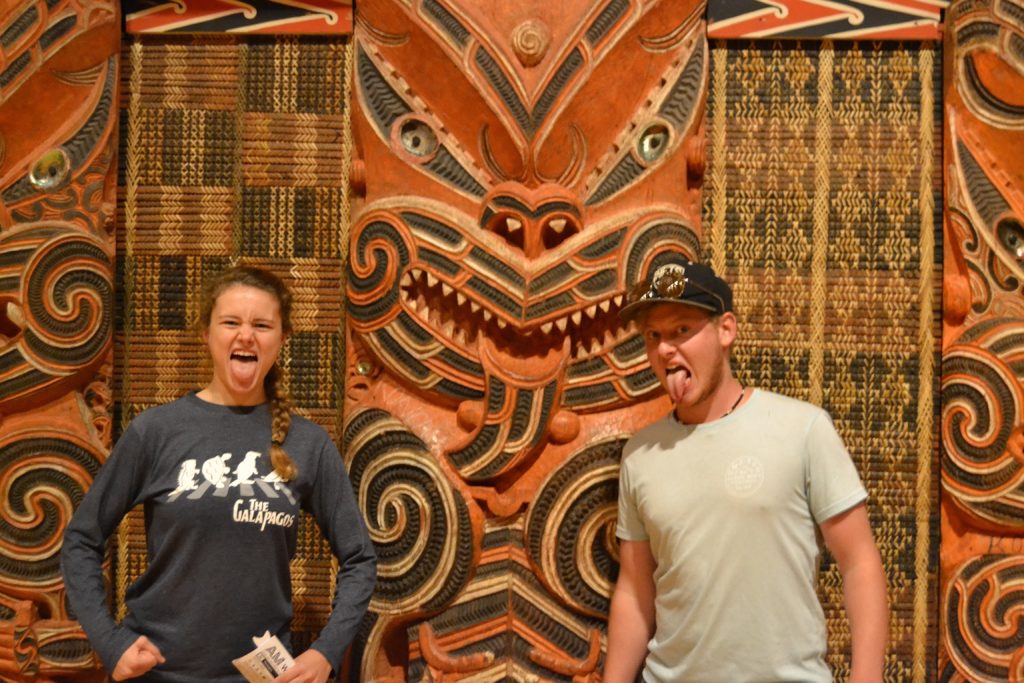
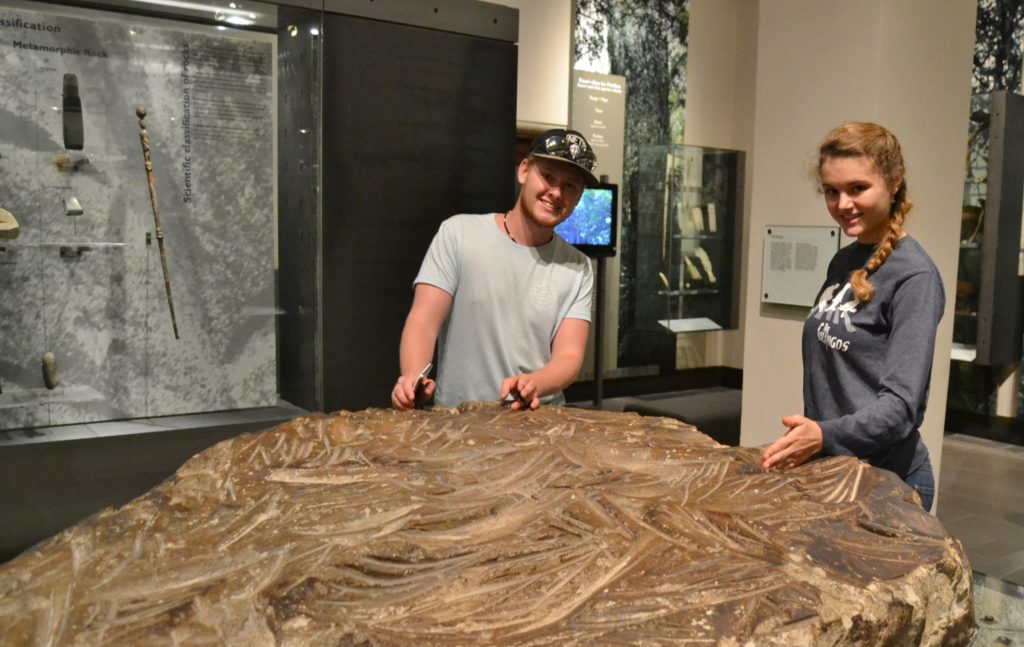
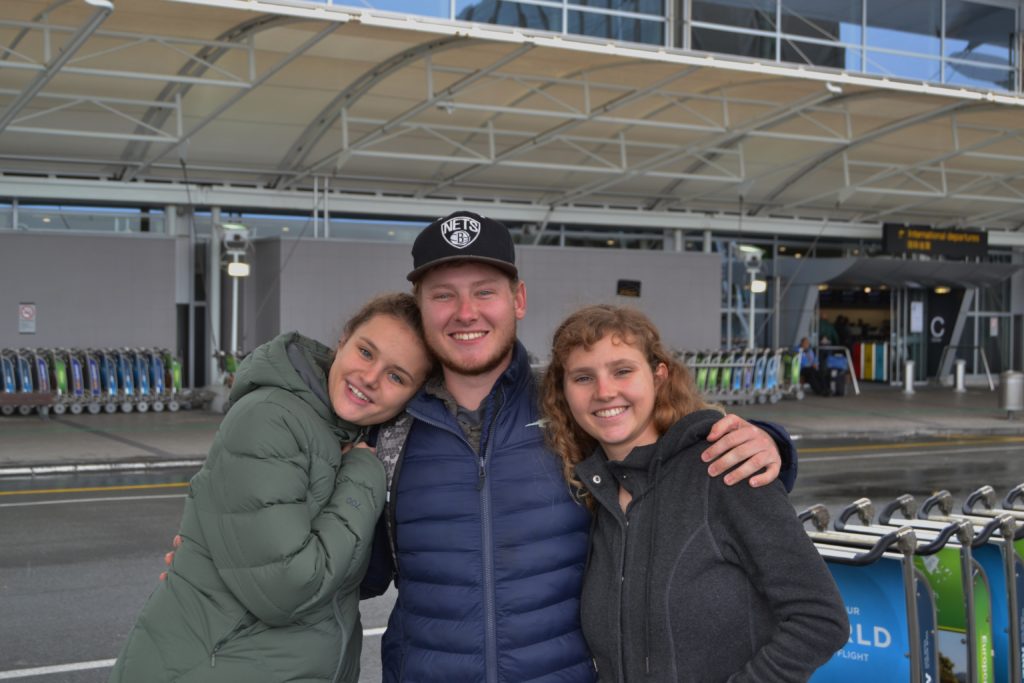
The desired Weather Window appeared just after Ralph flew over to us, and Shang Du finally set sail. I’ll try my best along with my dad to coax a blog out of my two younger sisters about that trip as it was not uneventful, but from my side let it just be known that they arrived safely. And on the day after they arrived, we, 3 Whitakers, all our stuff, groceries, all the accumulated packages that my dad had ordered over the last few months (including a new electric toilet for my parents), and a Whitaker colleague who was willing to drive 6 hours, piled into a small van and descended on Shang Du three short hours later. I almost couldn’t get my things into the boat fast enough. With all the new things and three Whitakers the boat was rather cramped, meaning I had to temporarily live in Marike’s room, and that we couldn’t see our floor for a while. But I couldn’t care less. We were home, back with the family, and I was so happy.

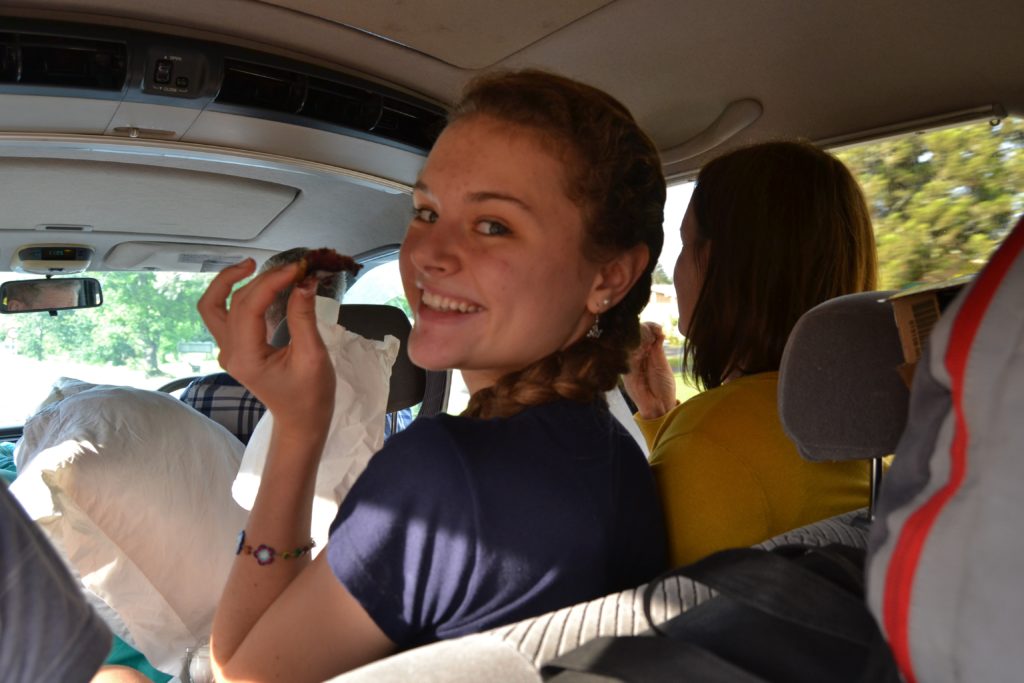
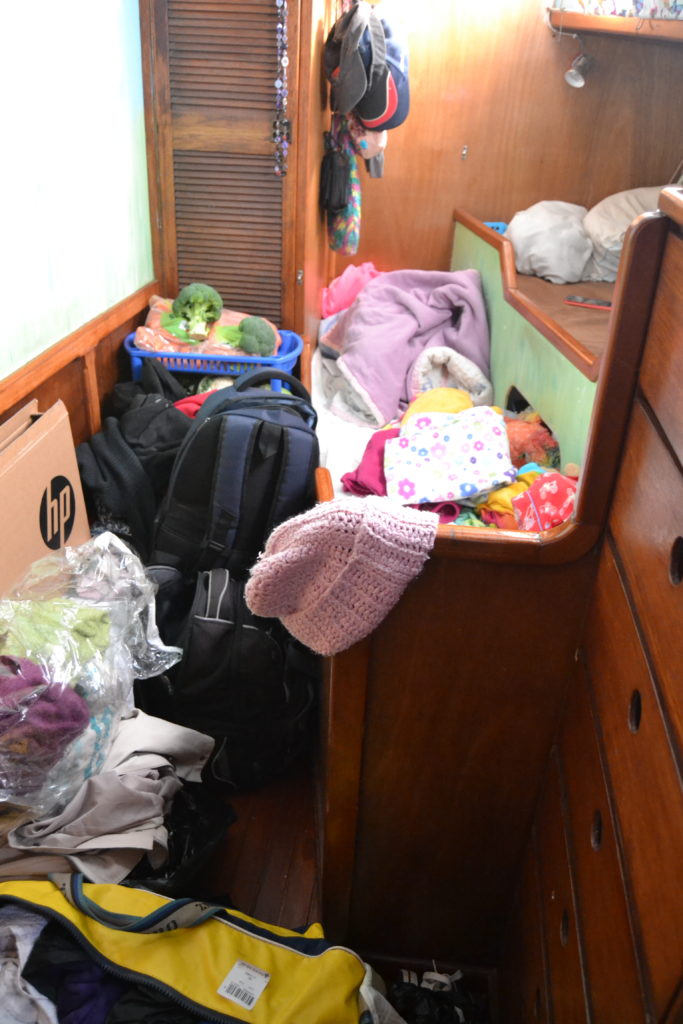
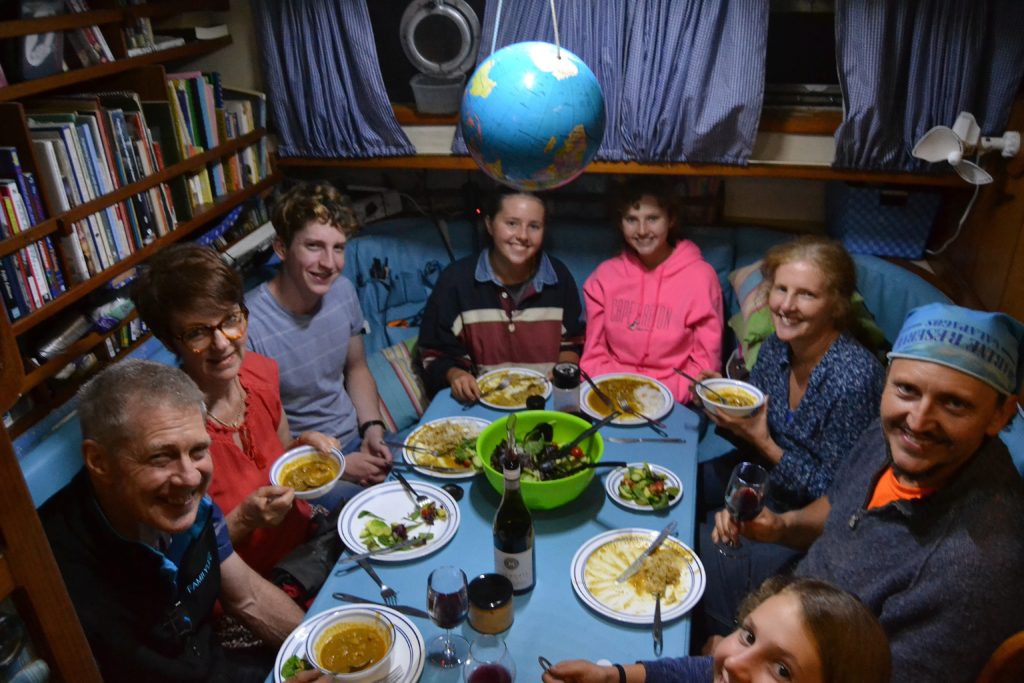

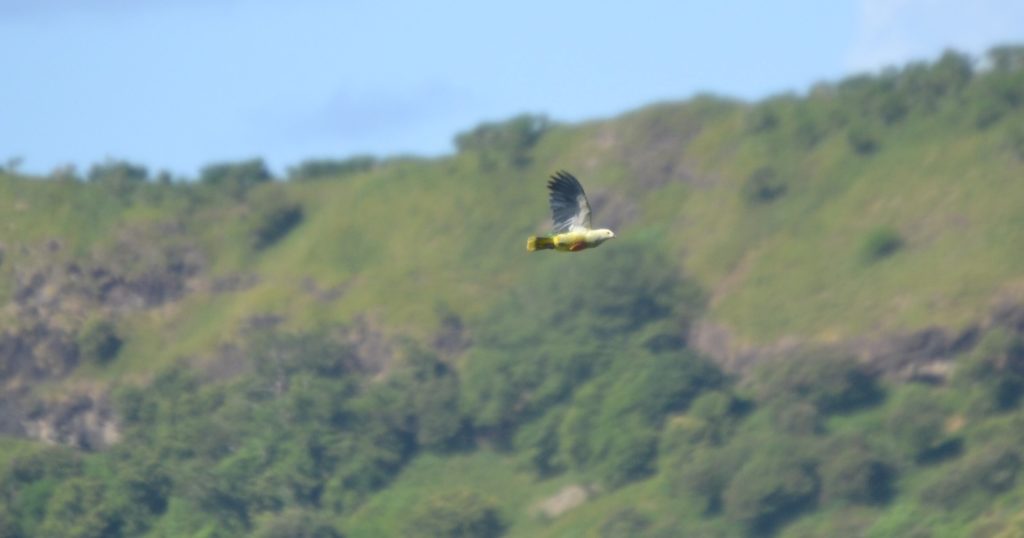
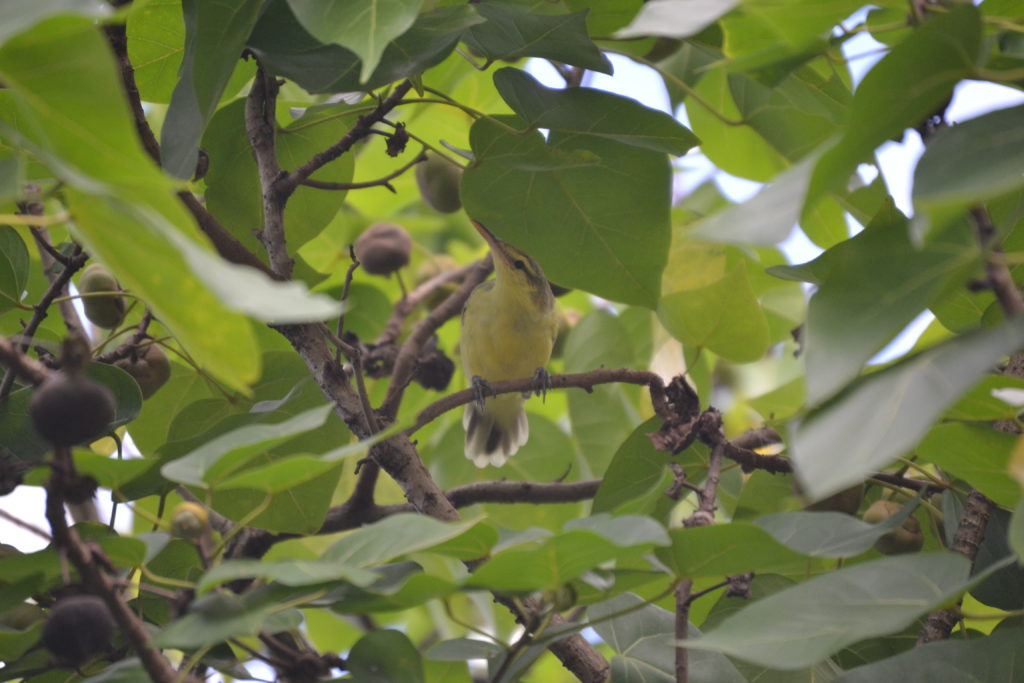
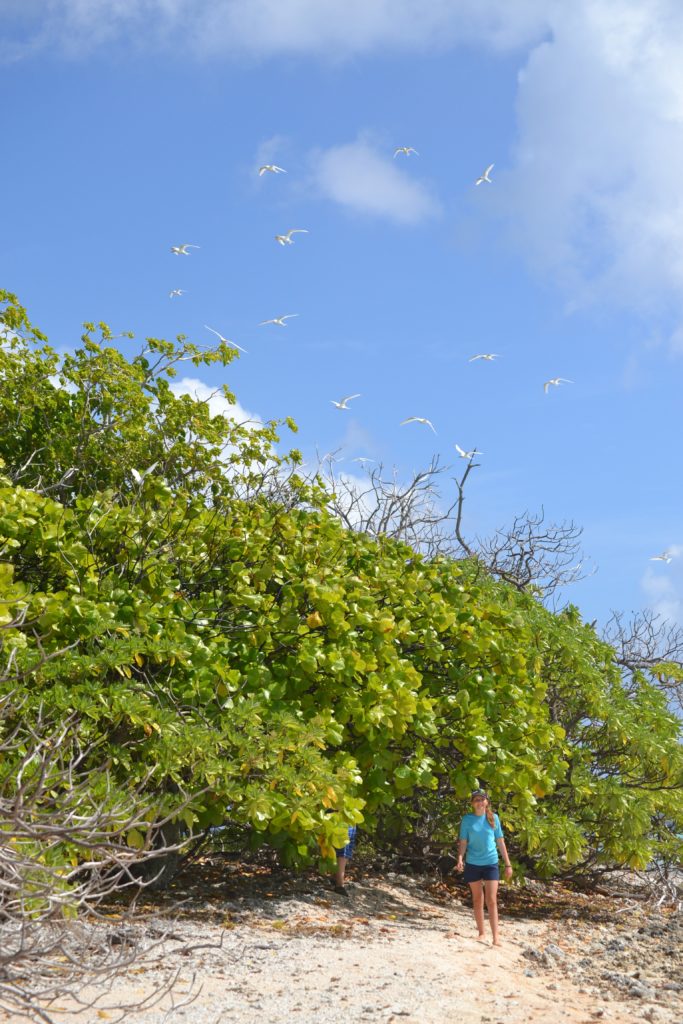
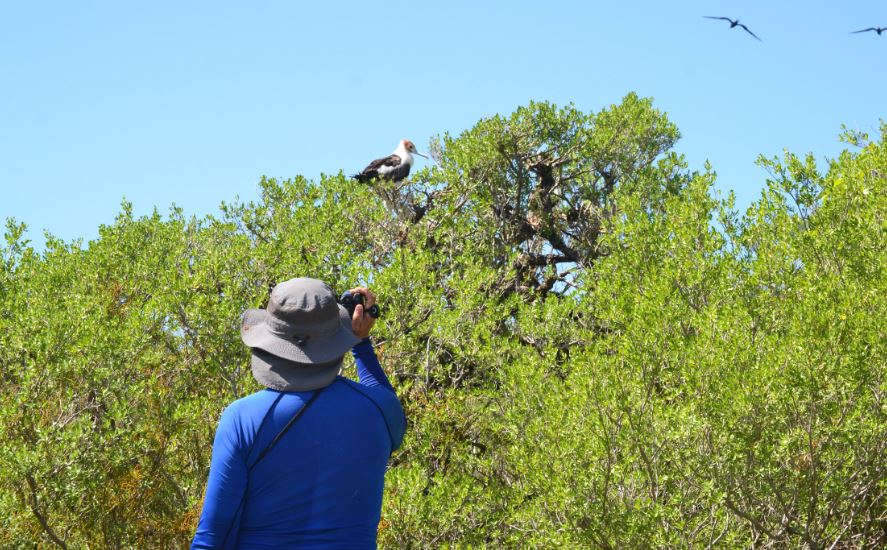
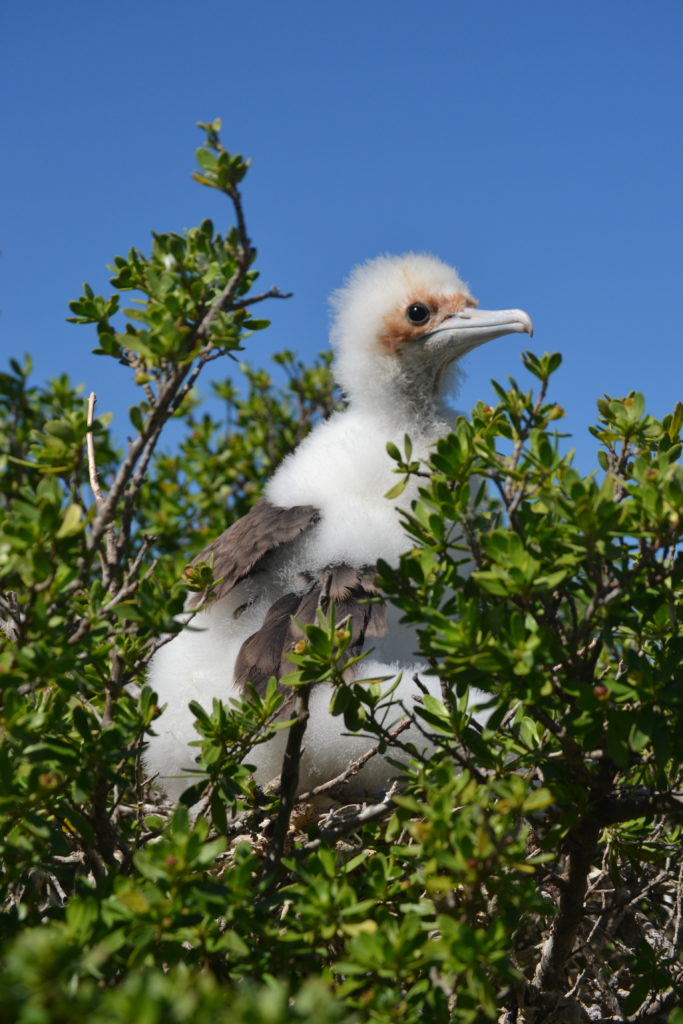


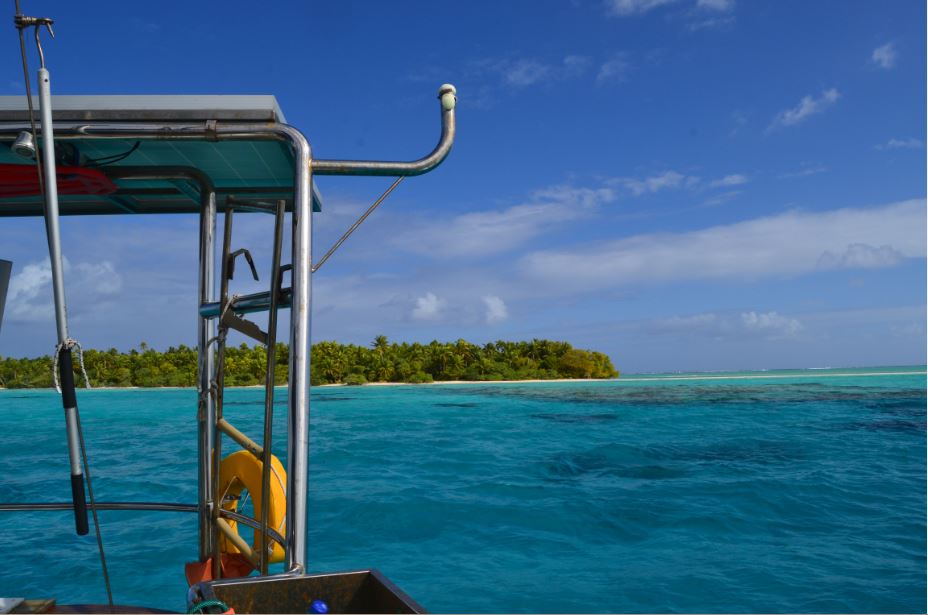
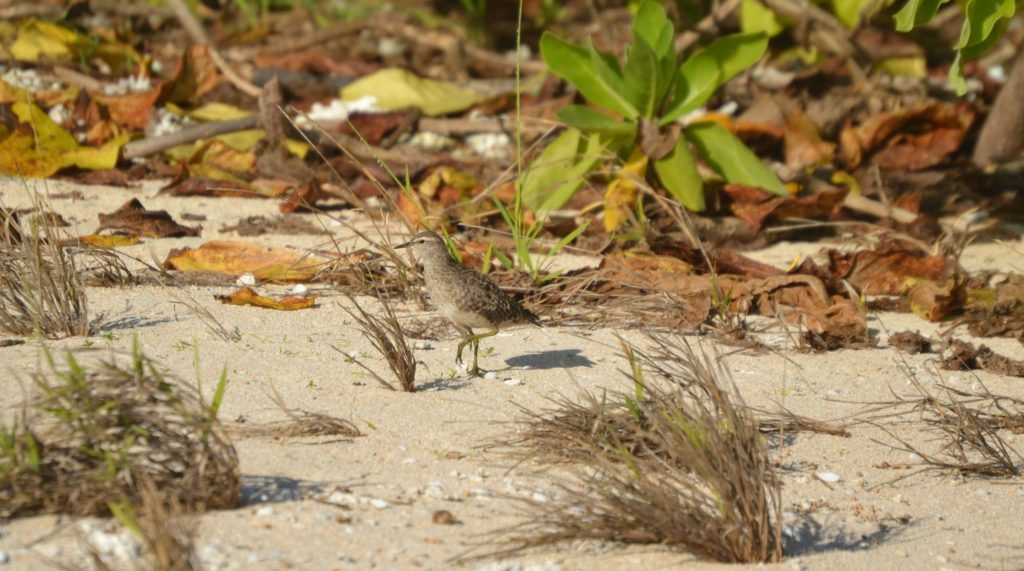
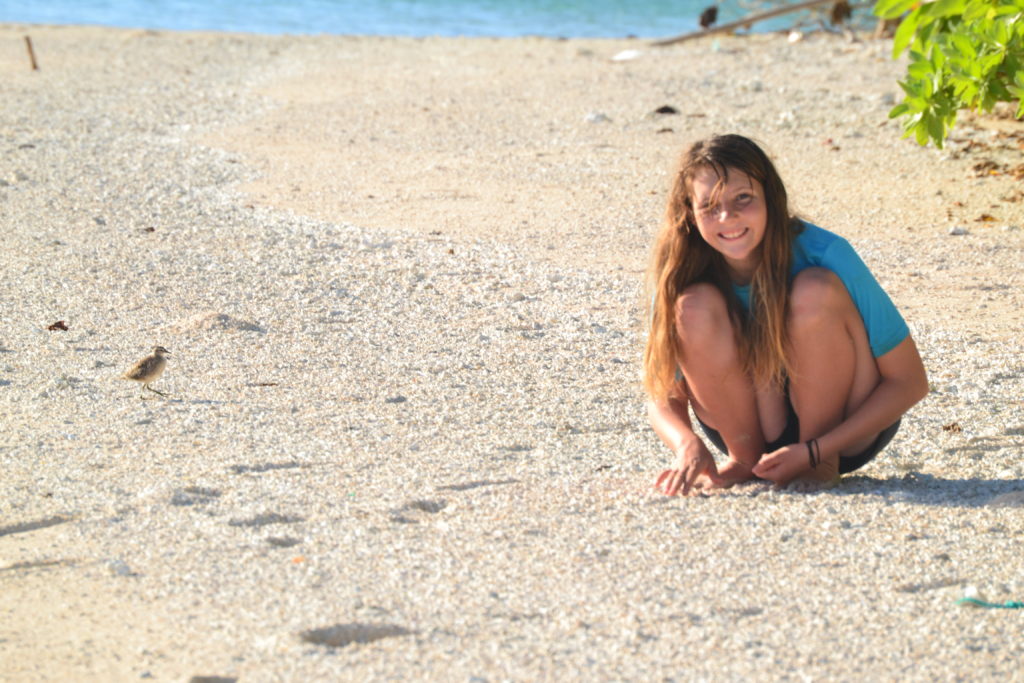
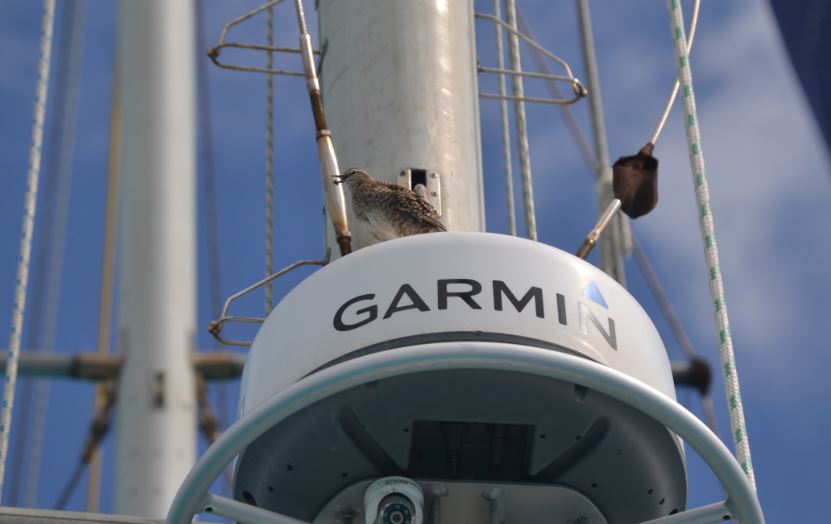
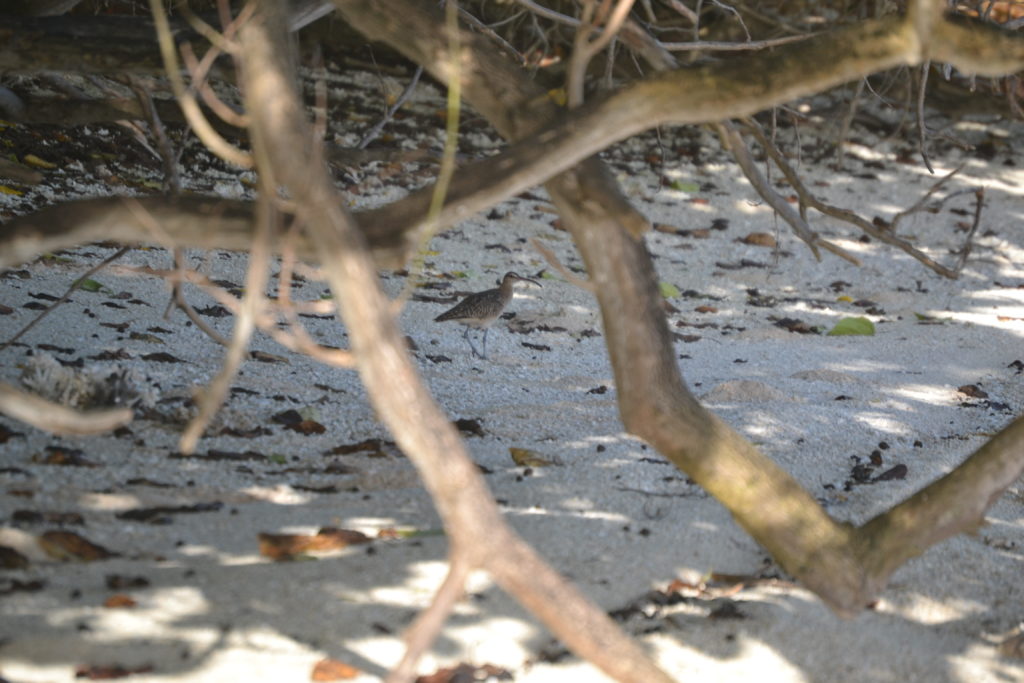
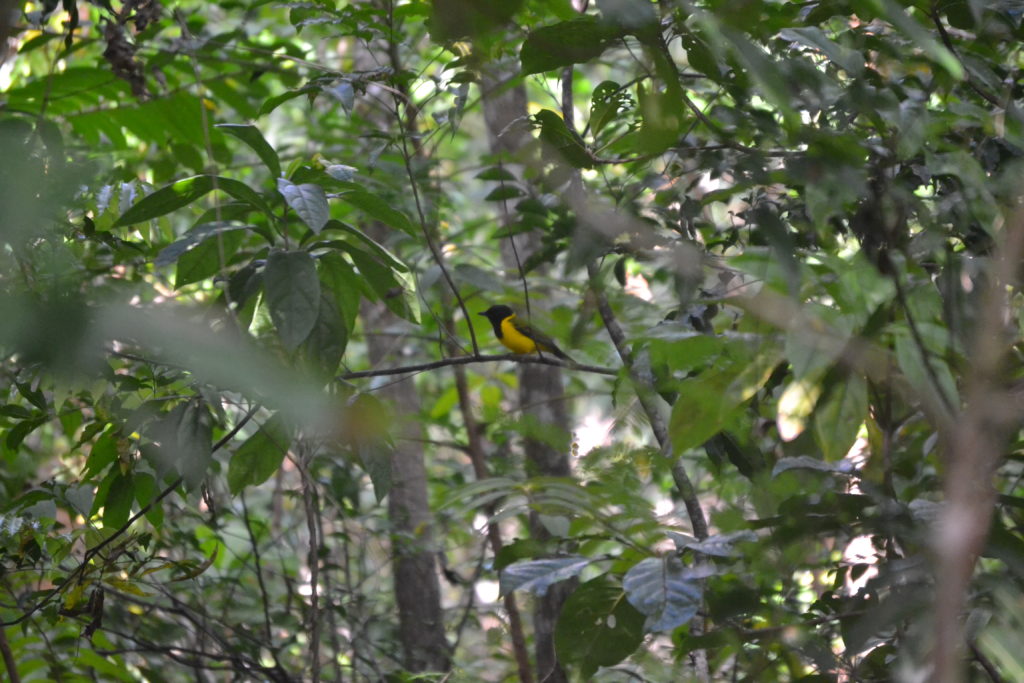
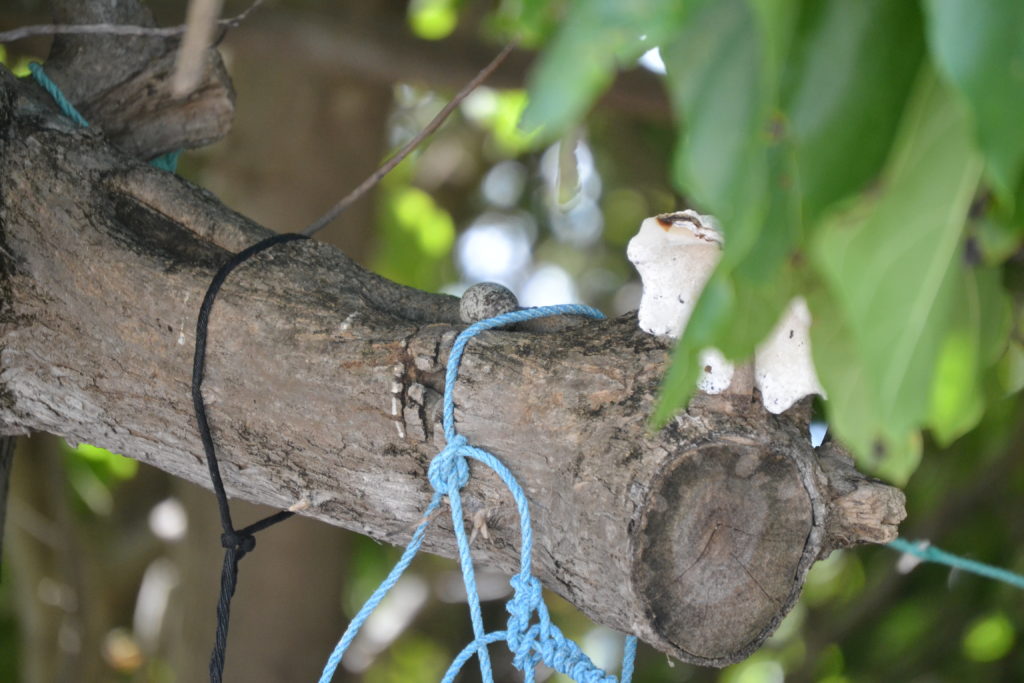
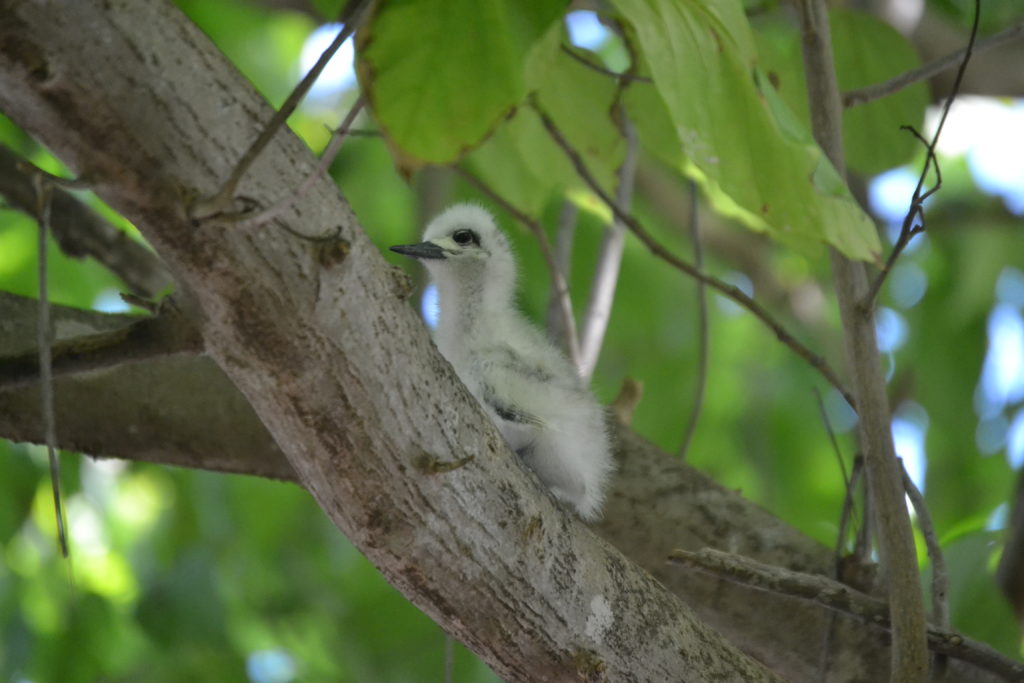
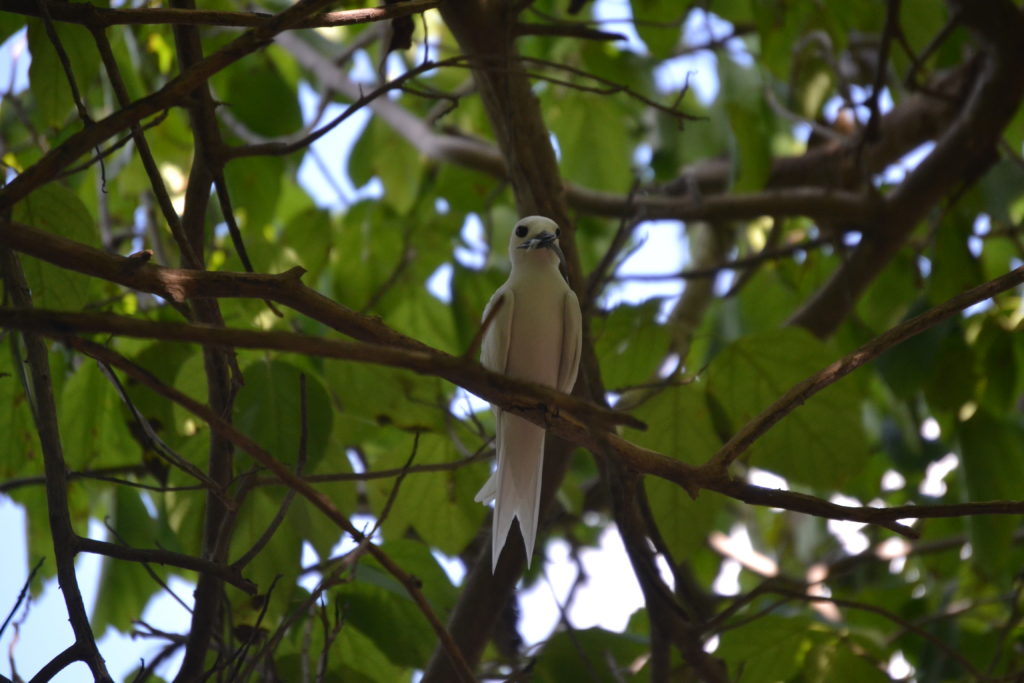
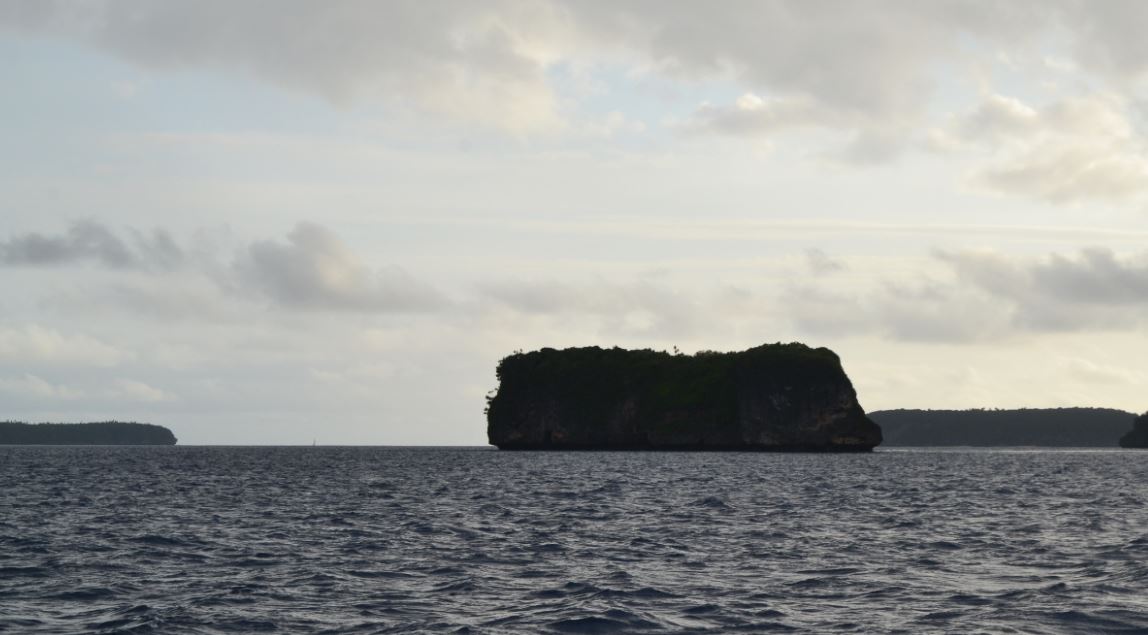
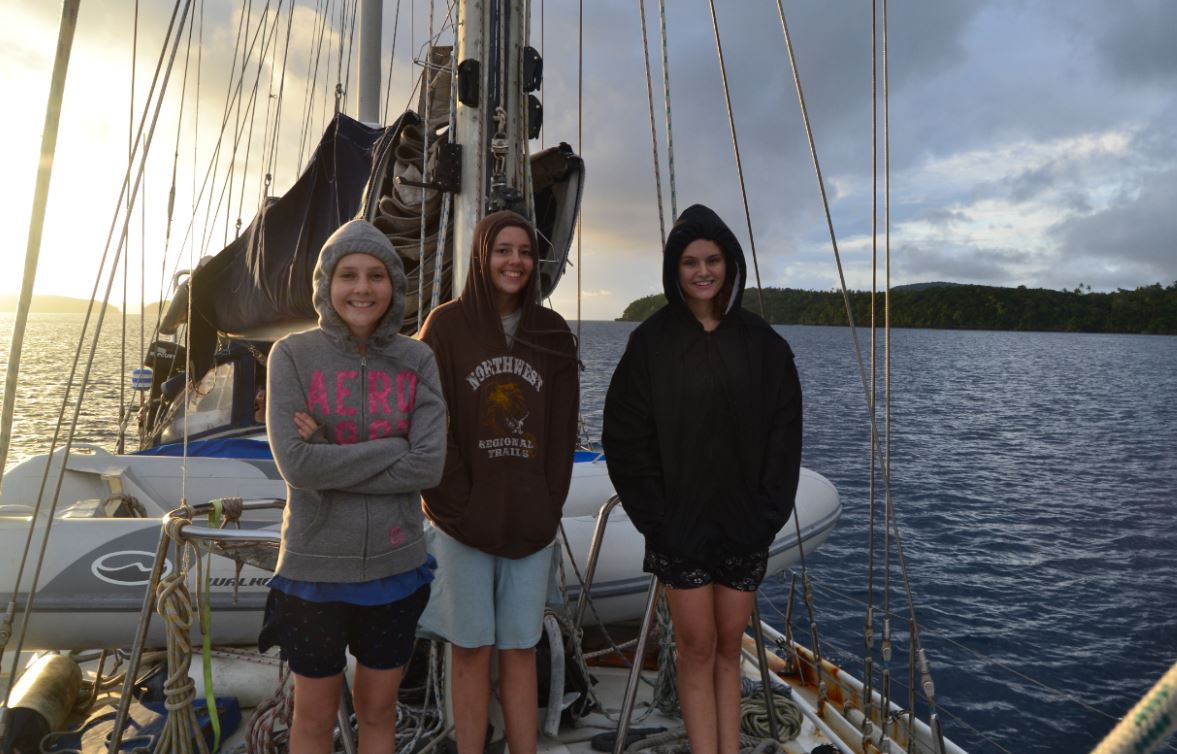
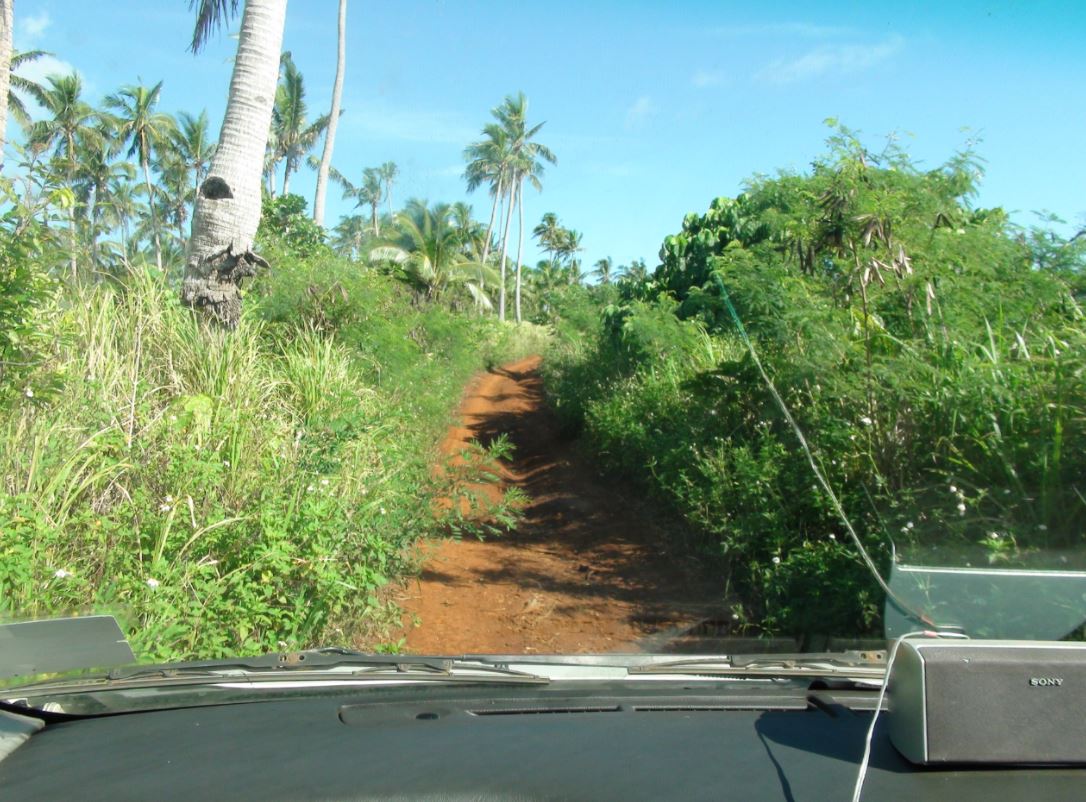
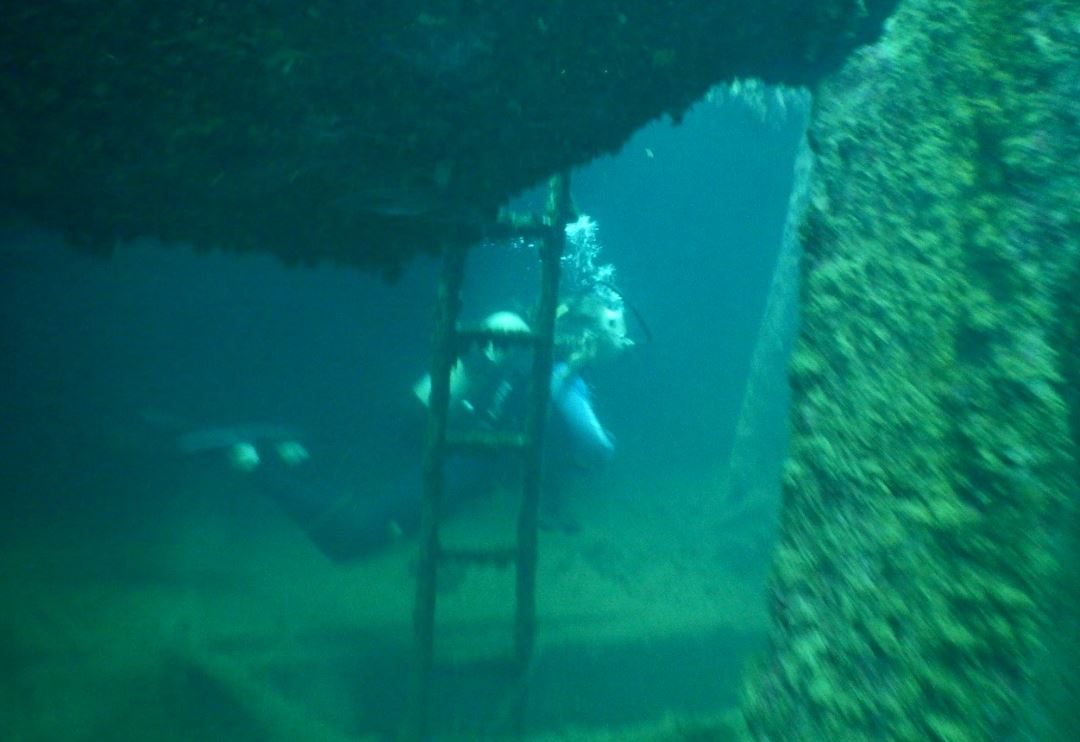
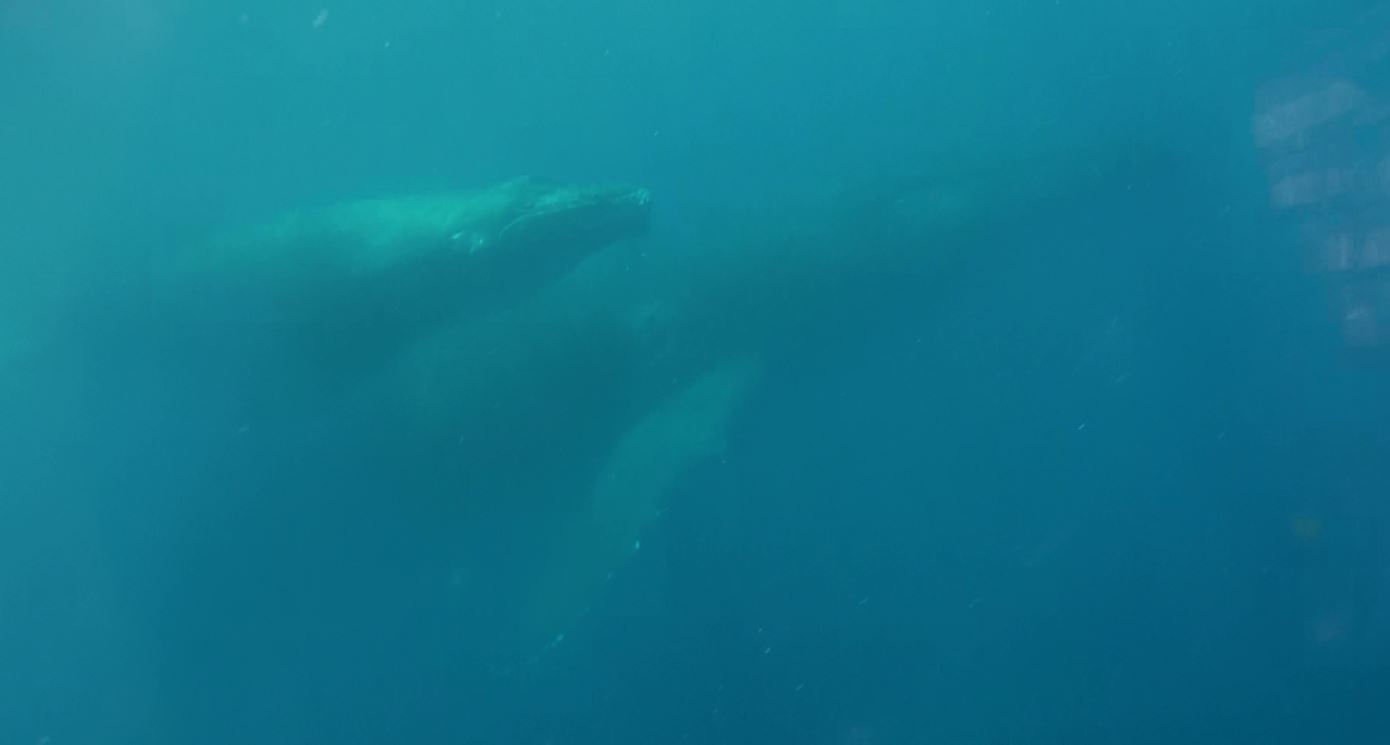
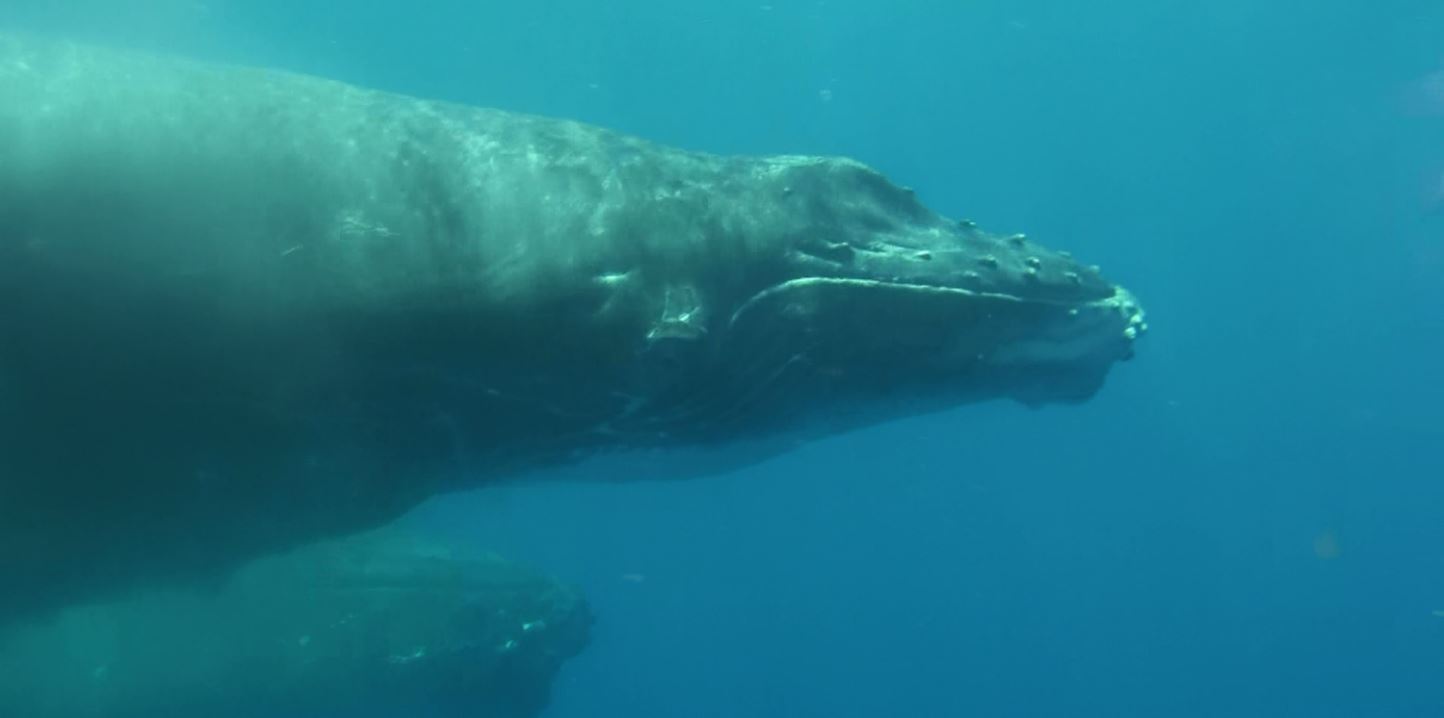

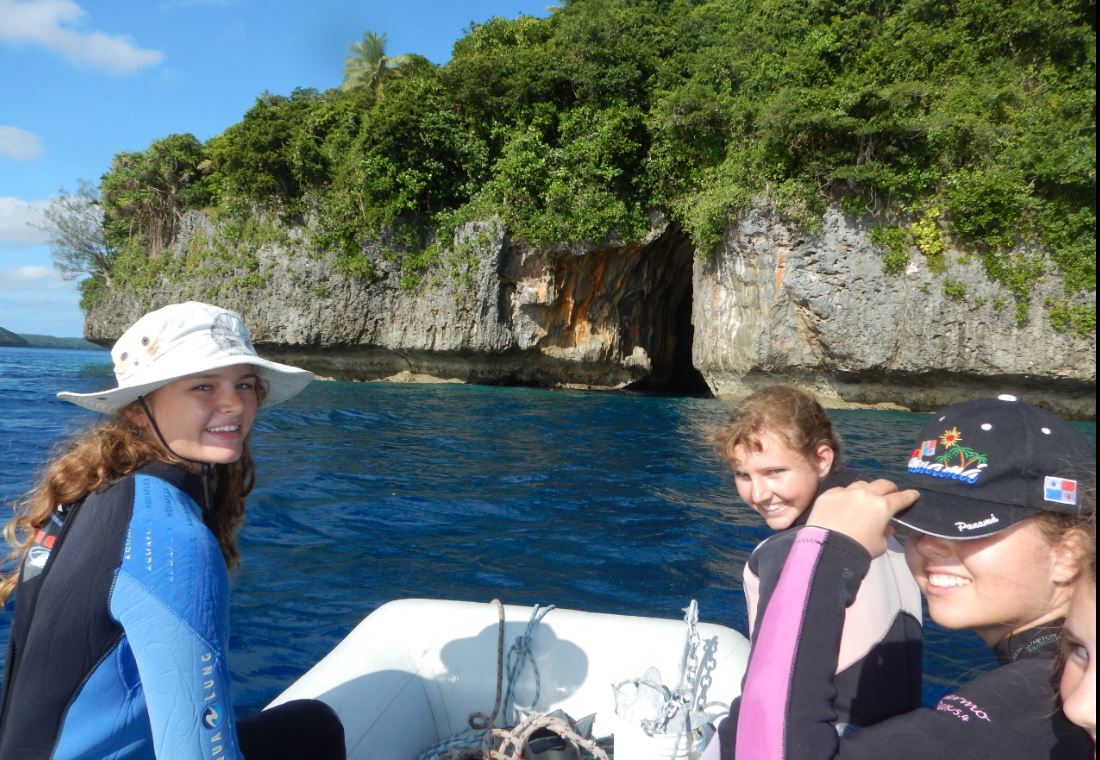
































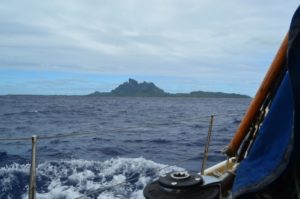
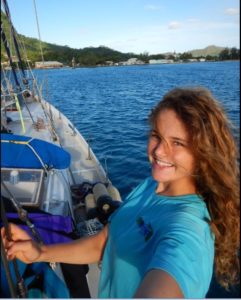
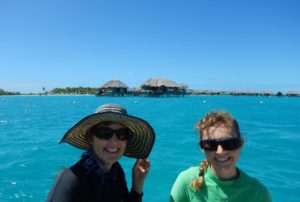
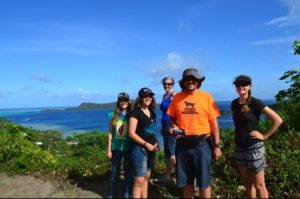
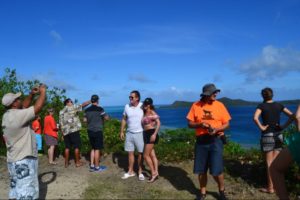
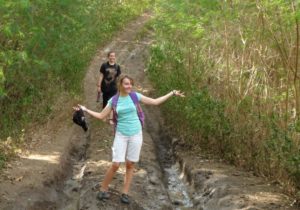
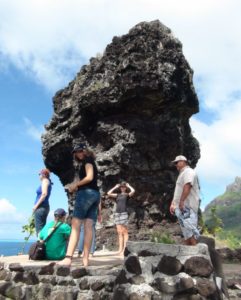
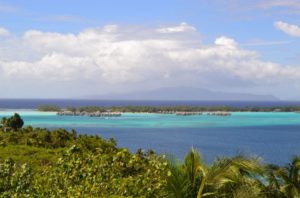
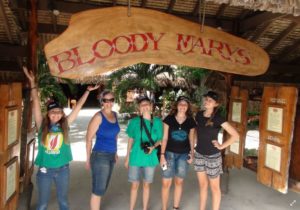
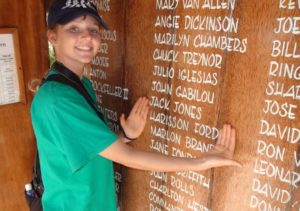
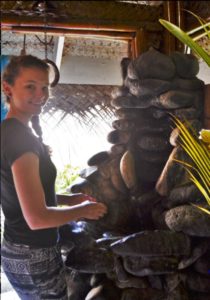
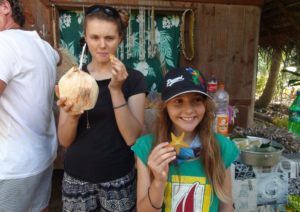
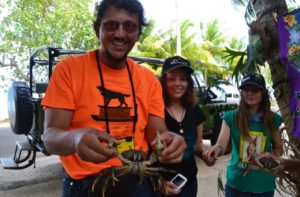
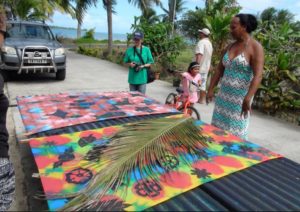

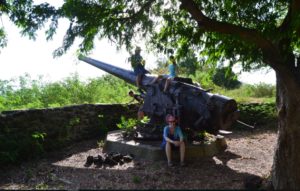
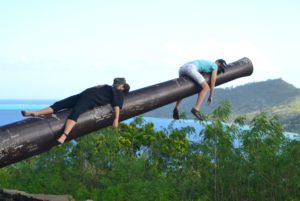
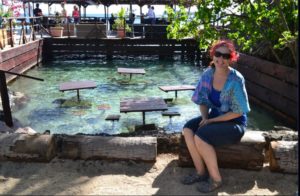
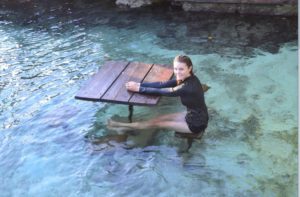
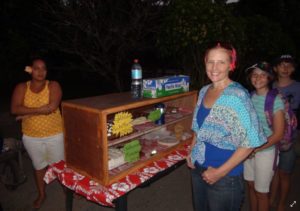
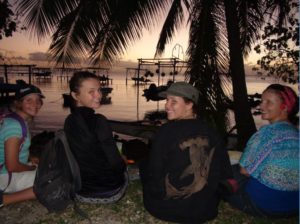
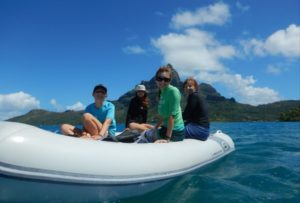
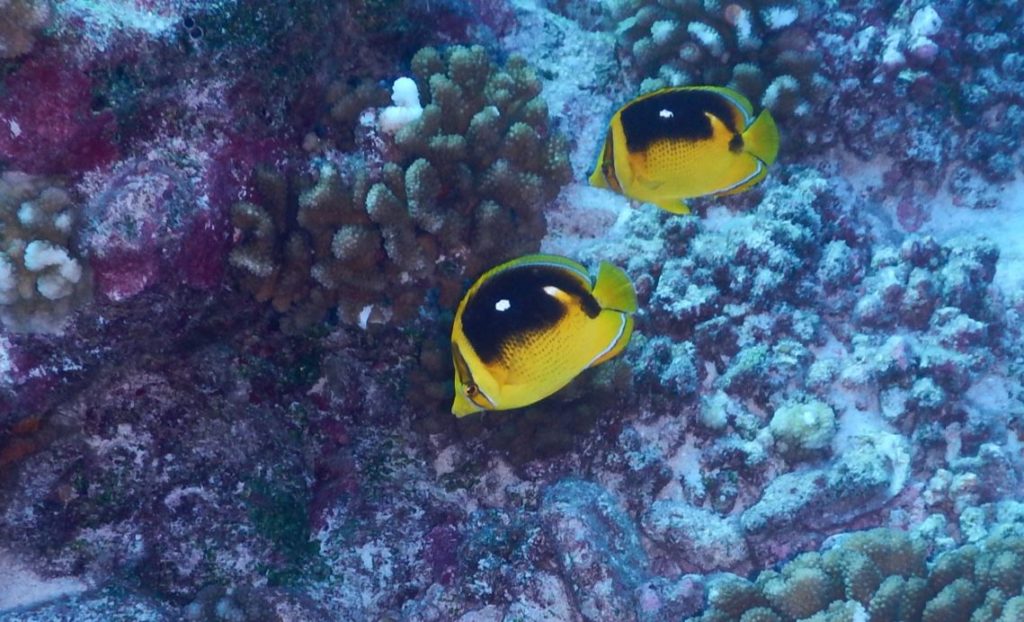
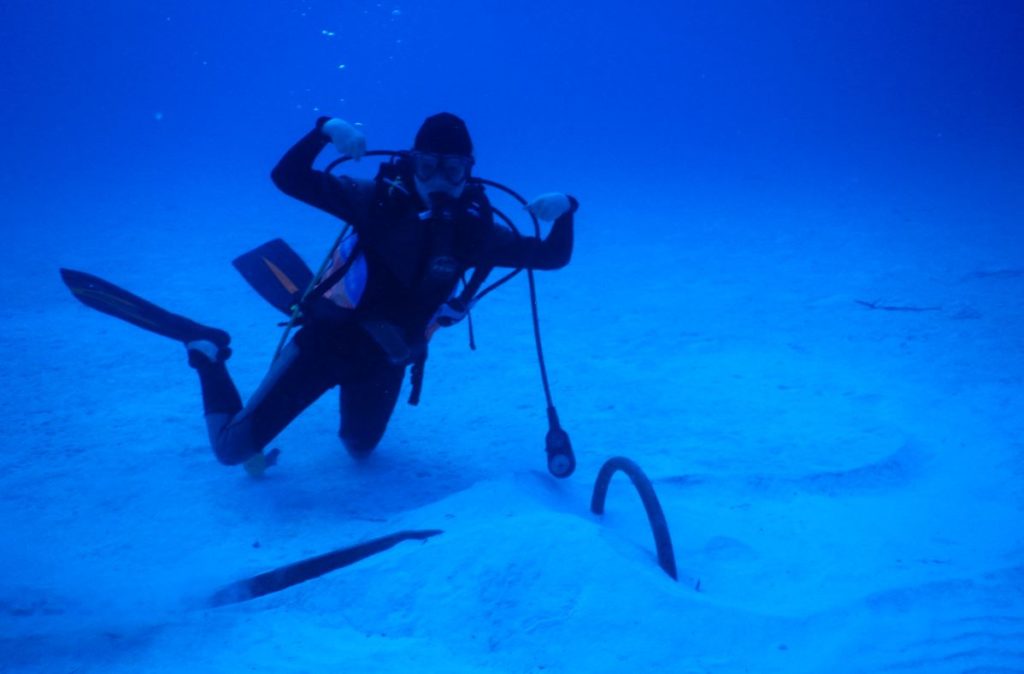
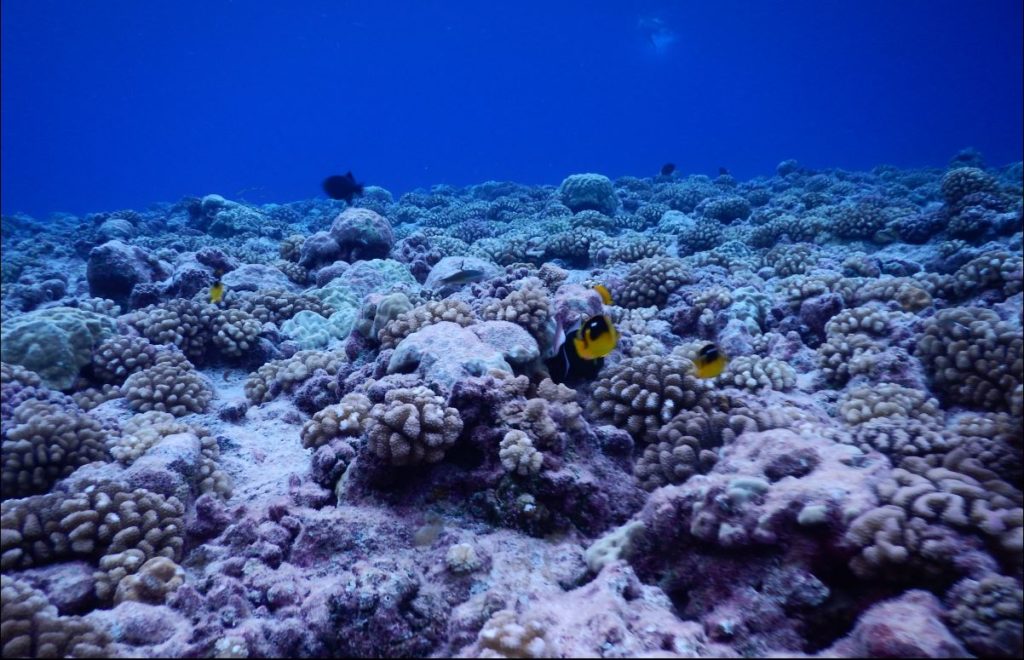
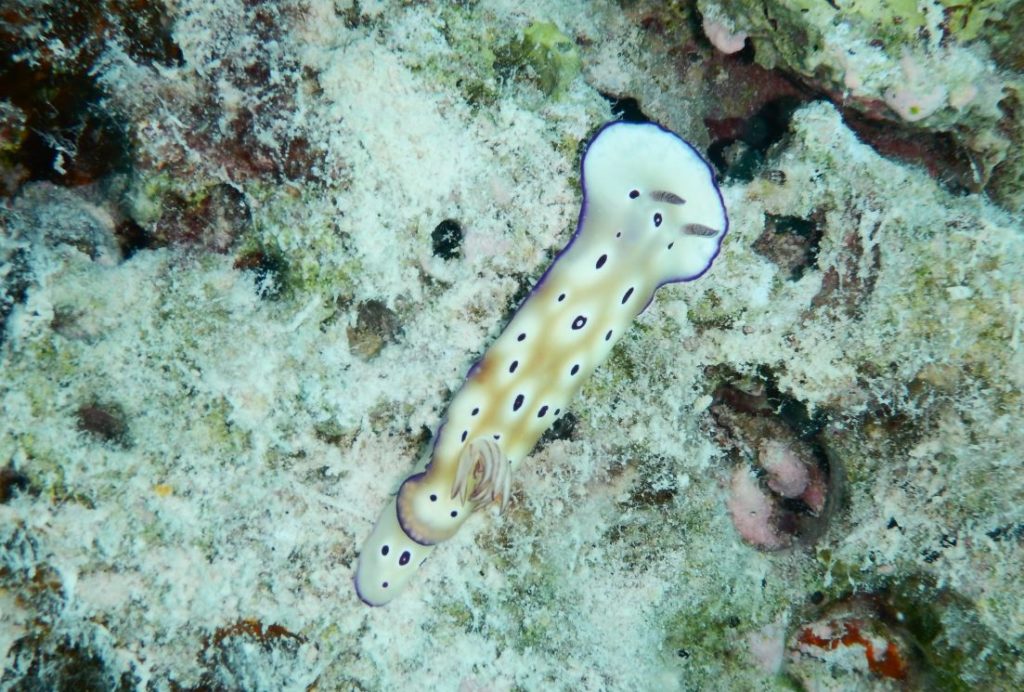
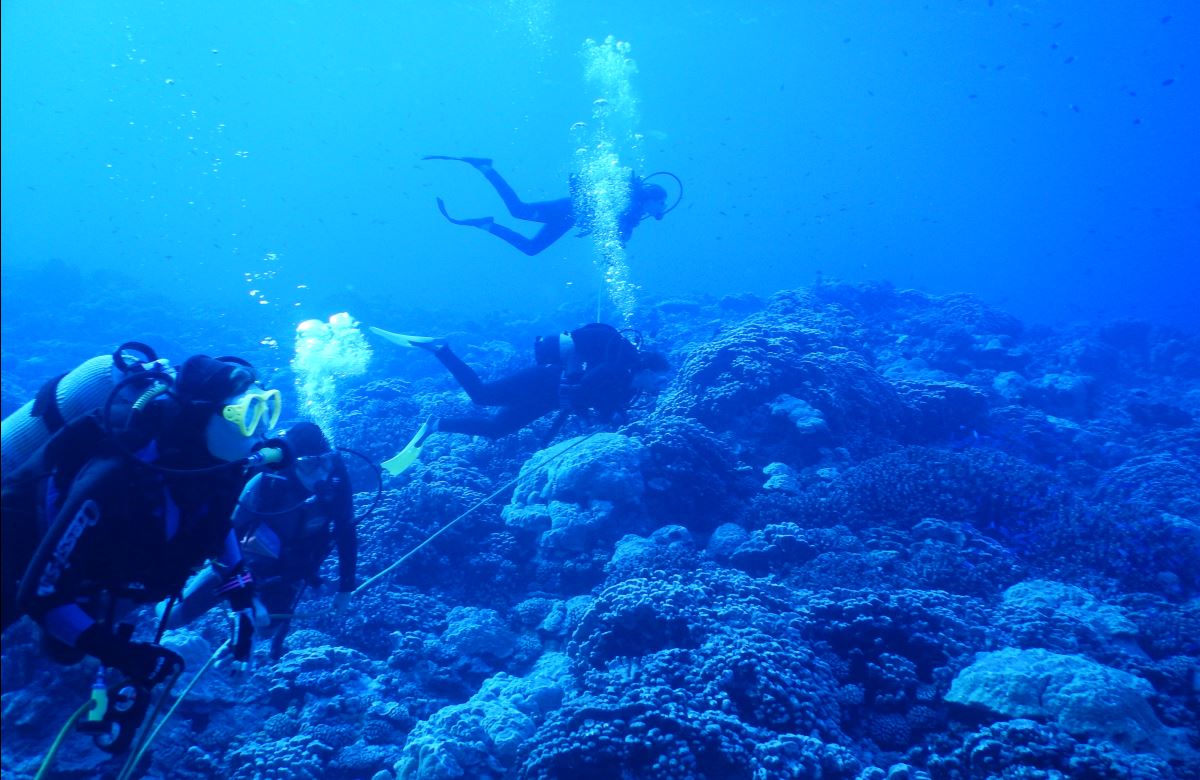
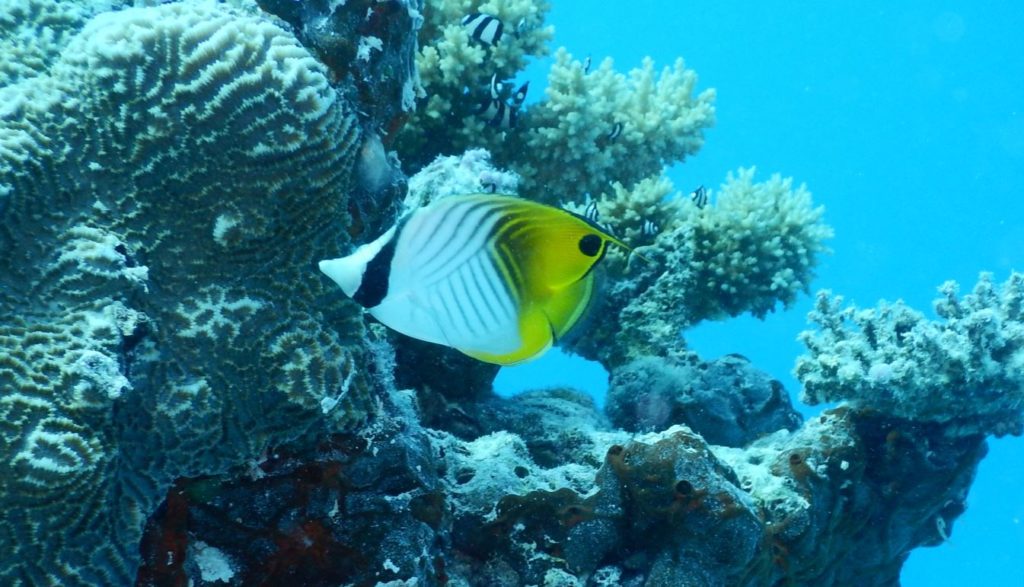
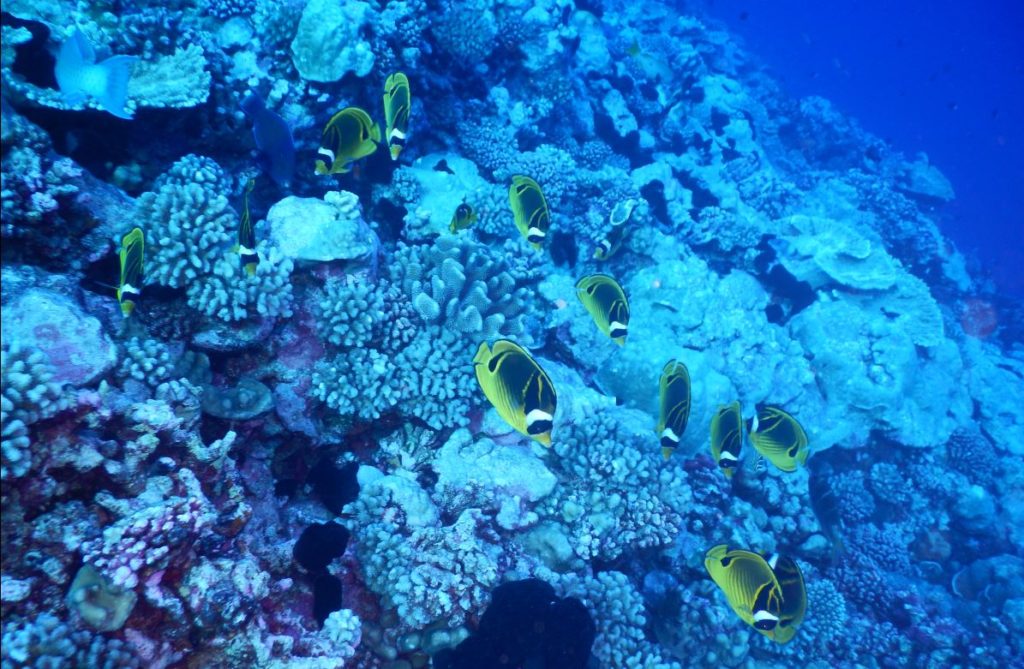
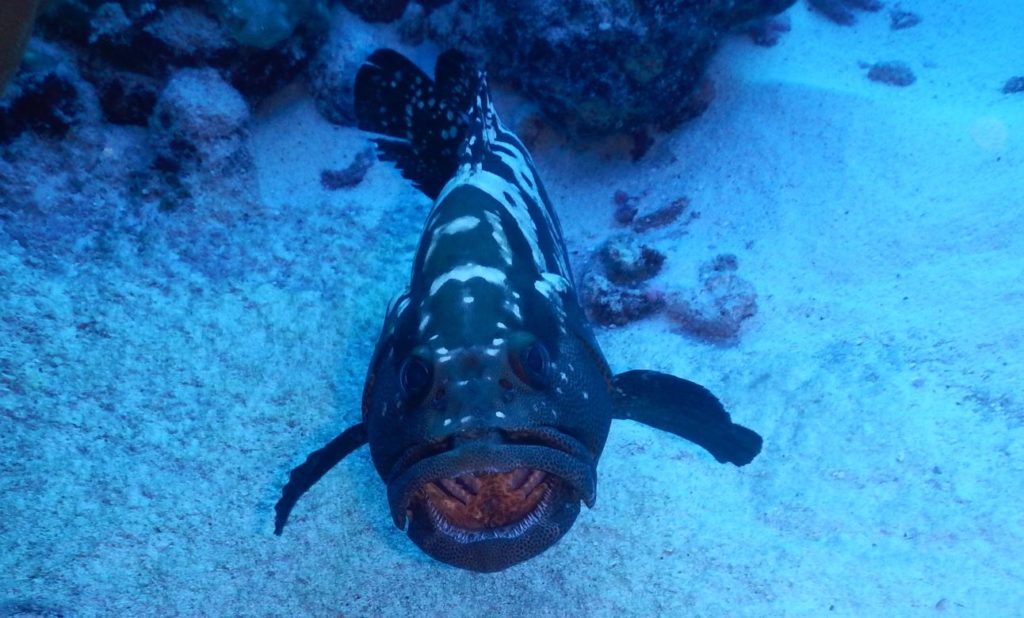
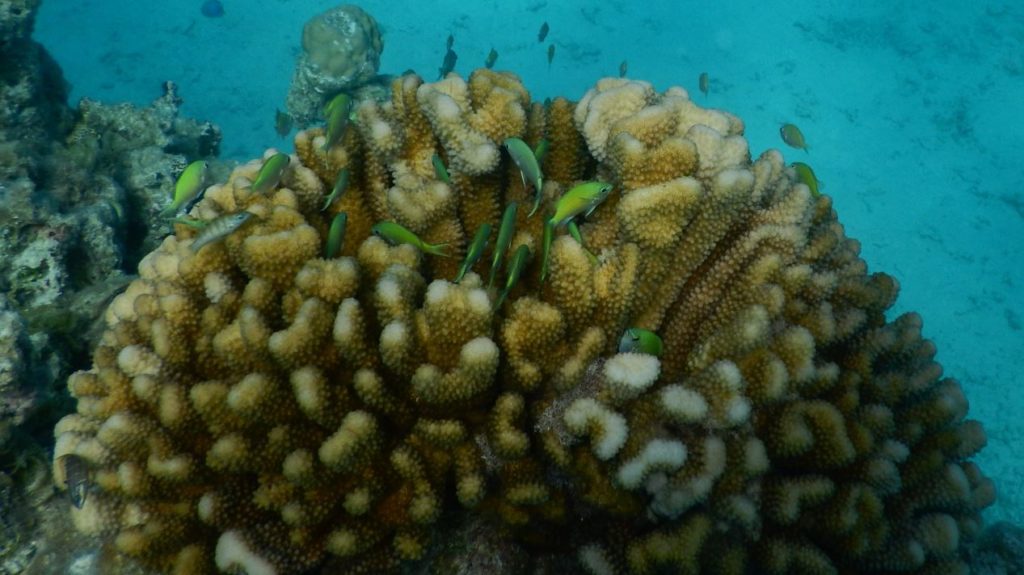
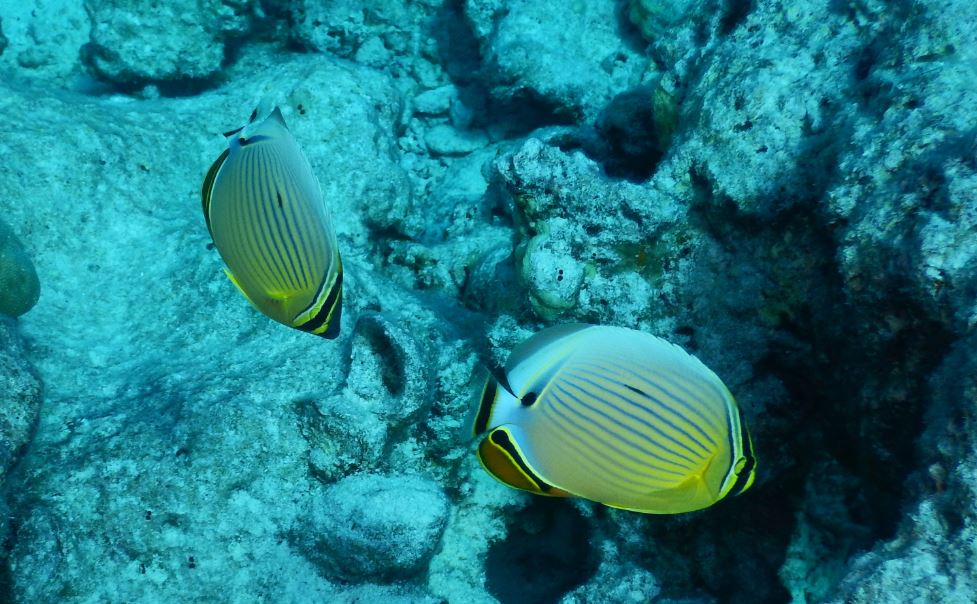
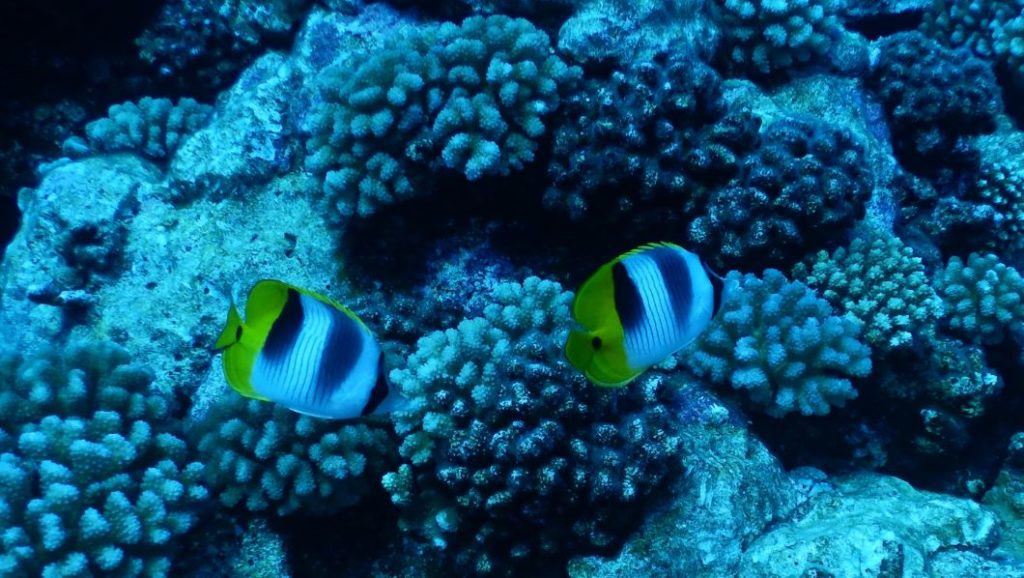
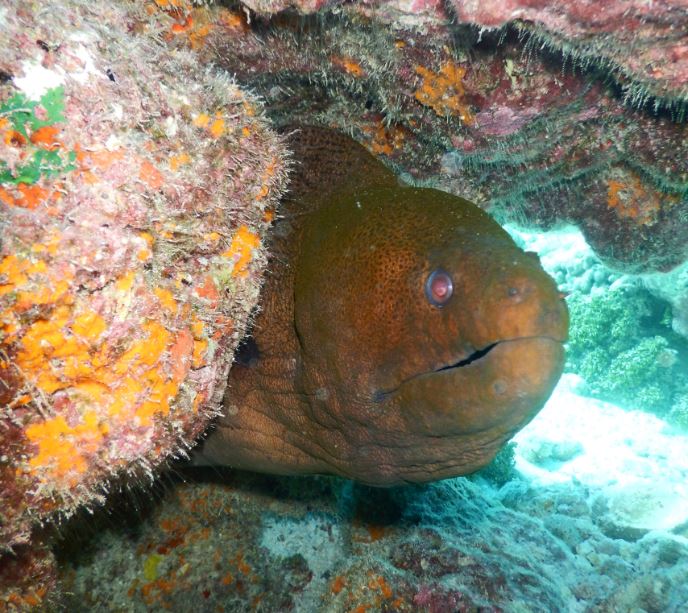
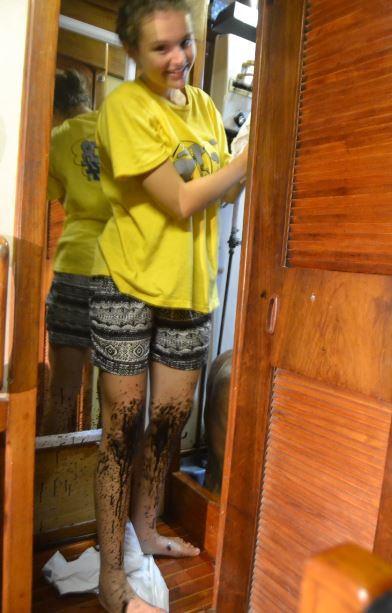
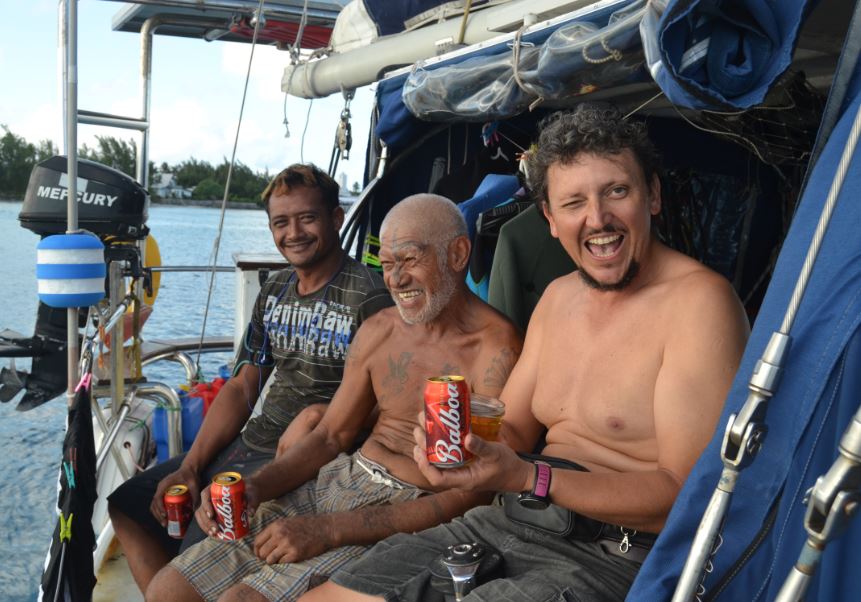
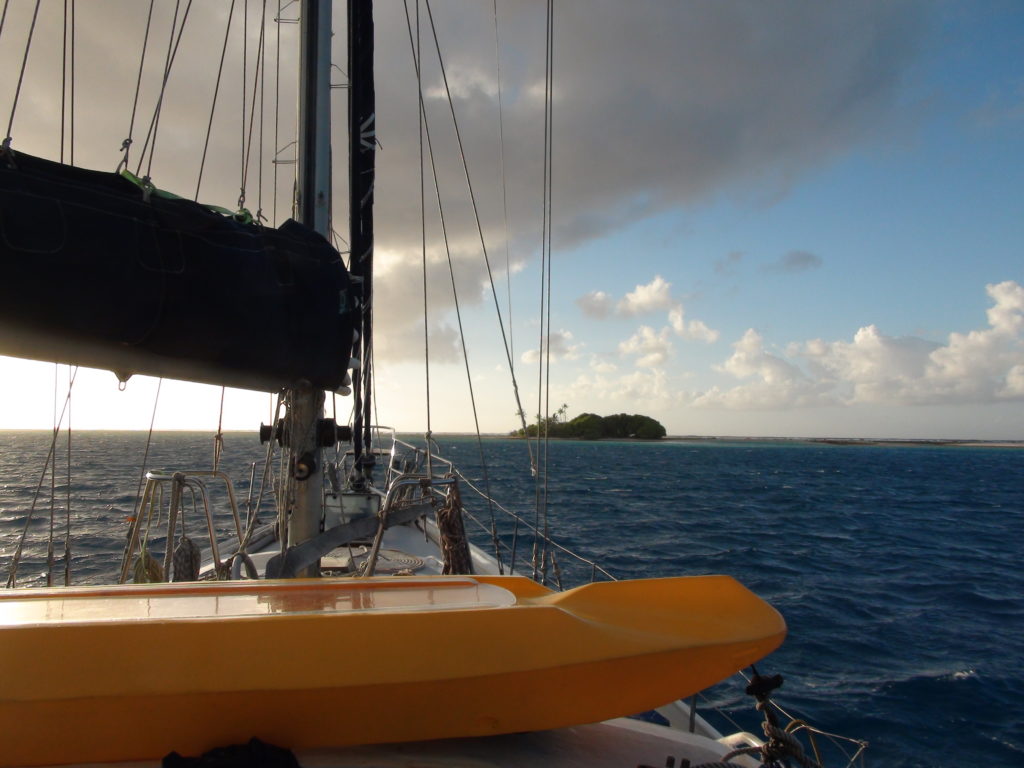
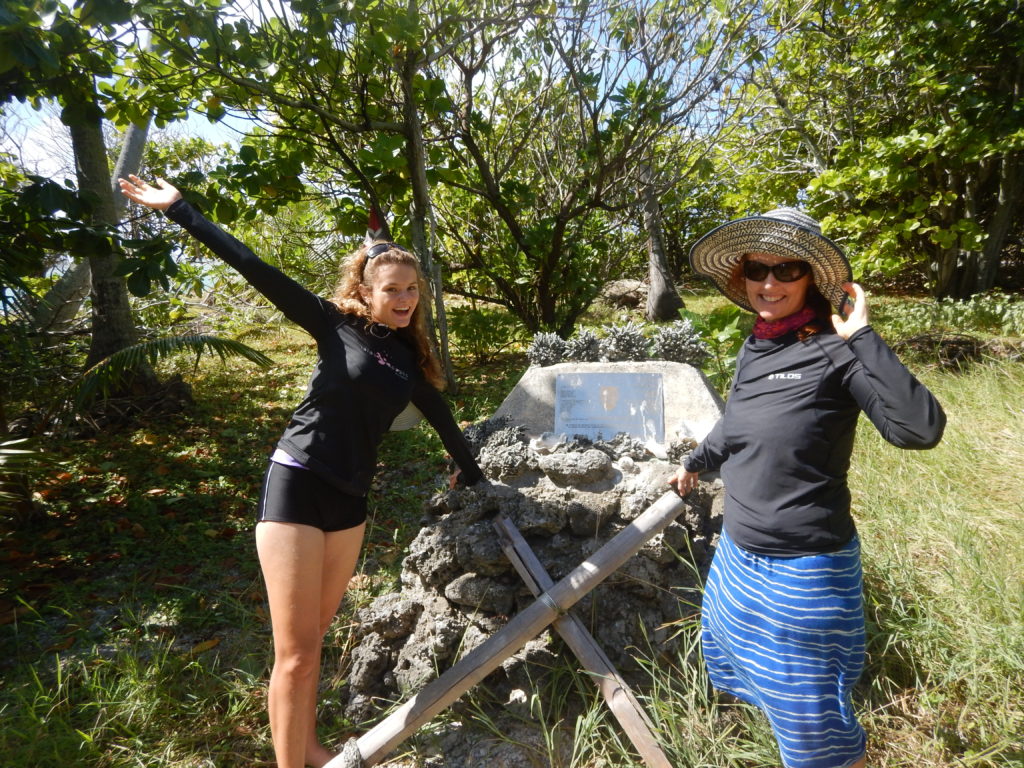
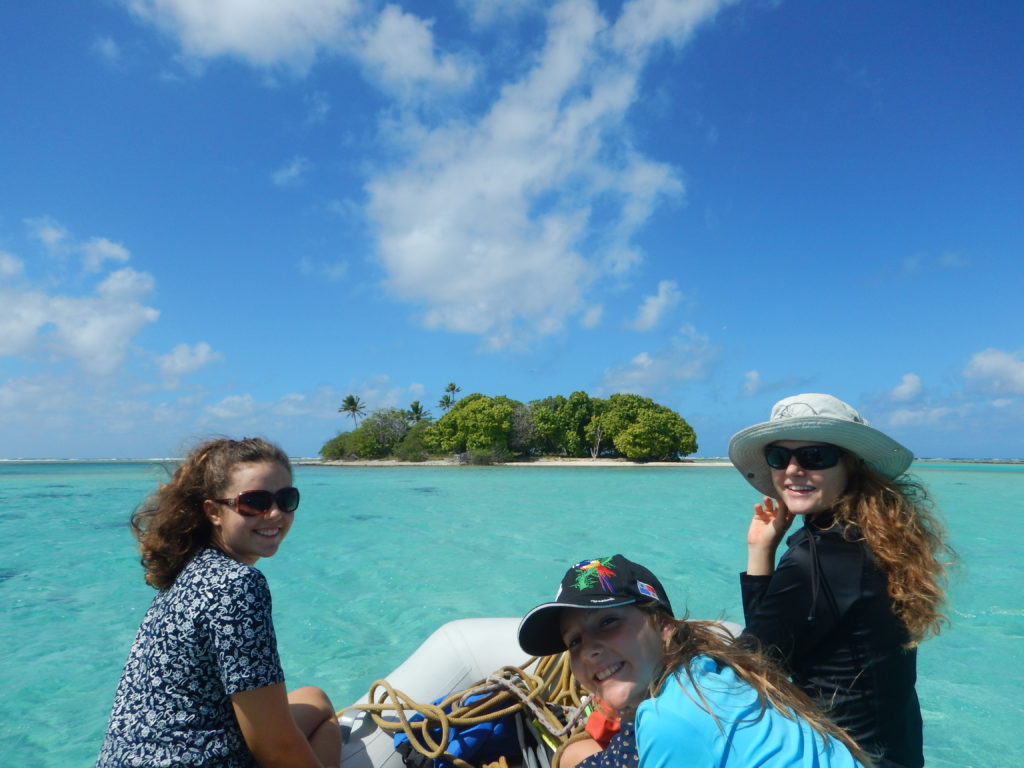
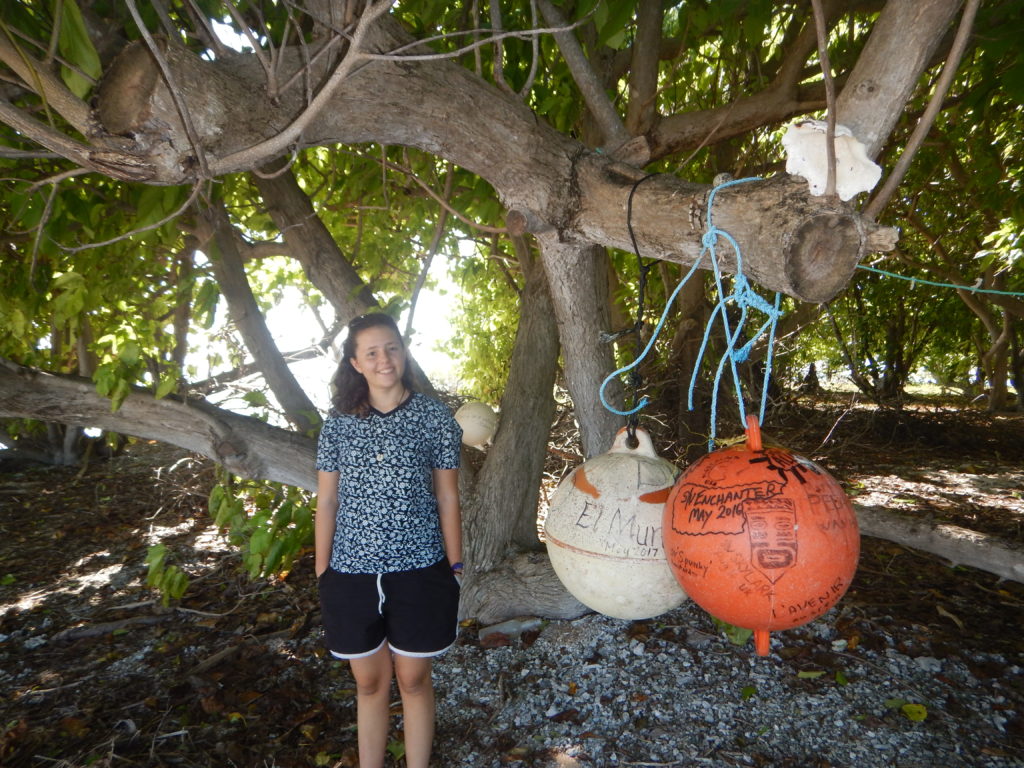
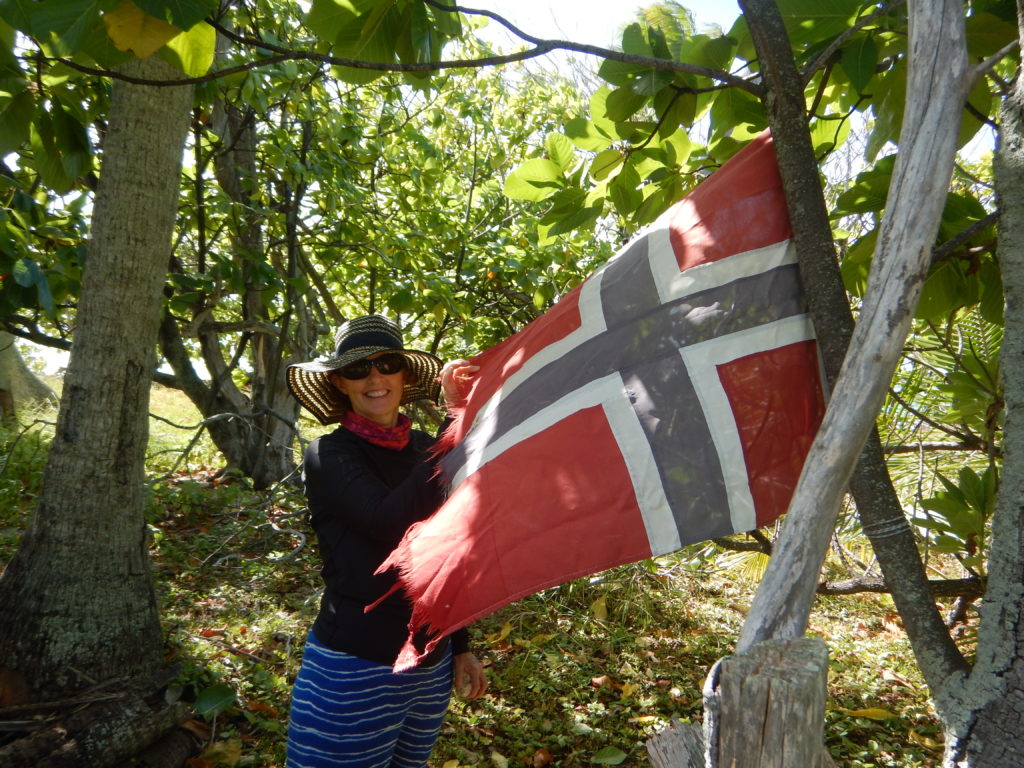
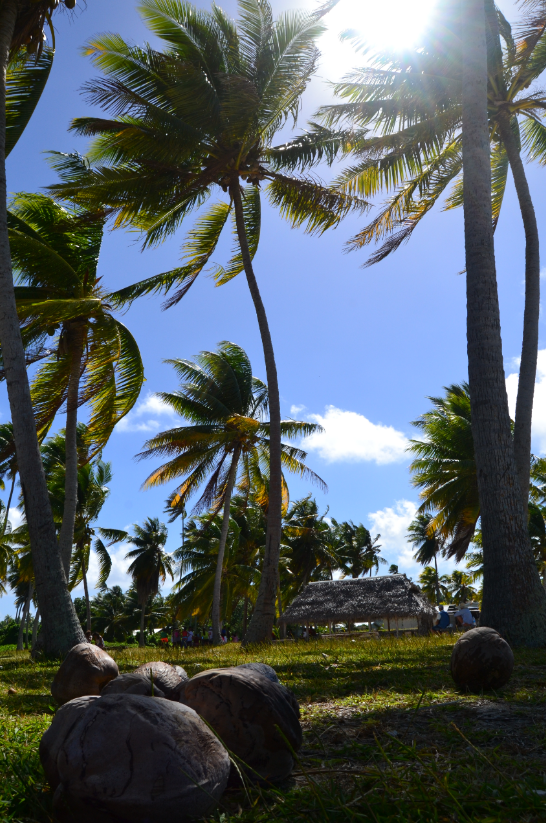
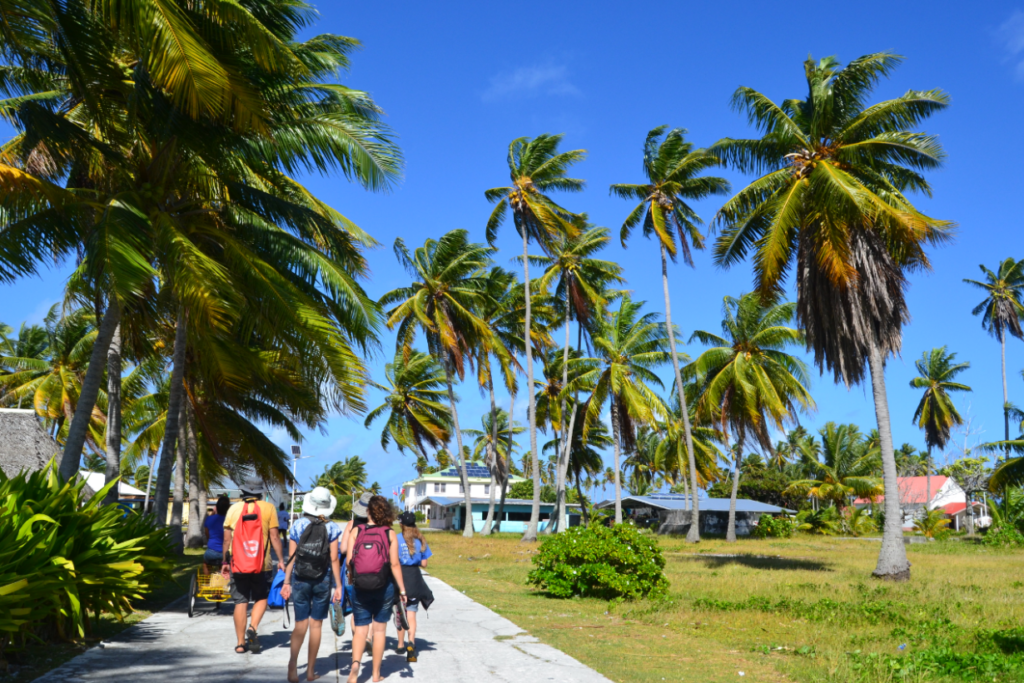
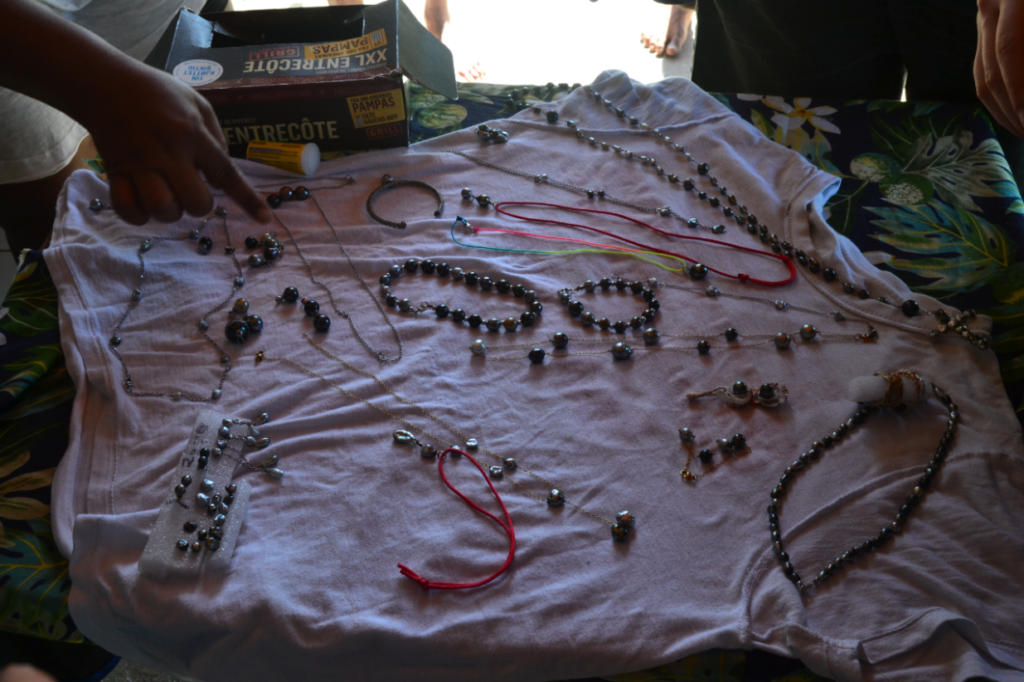
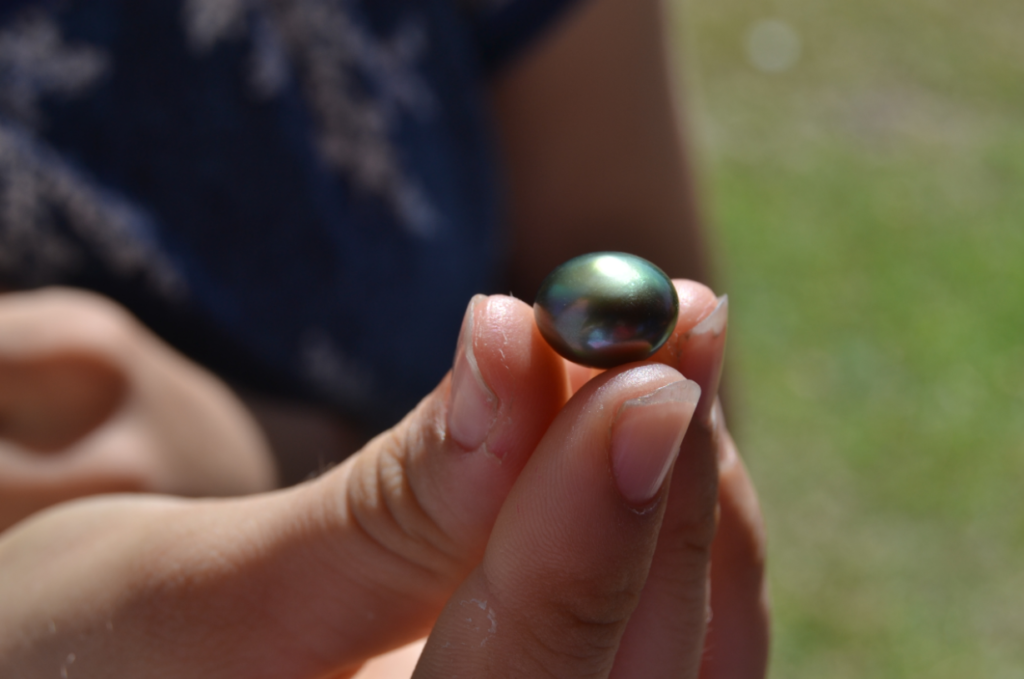
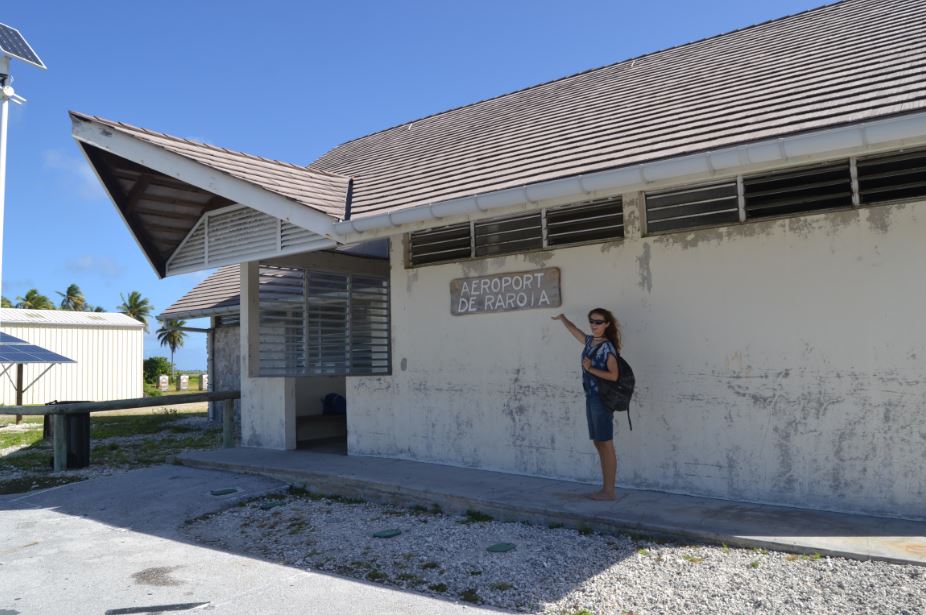
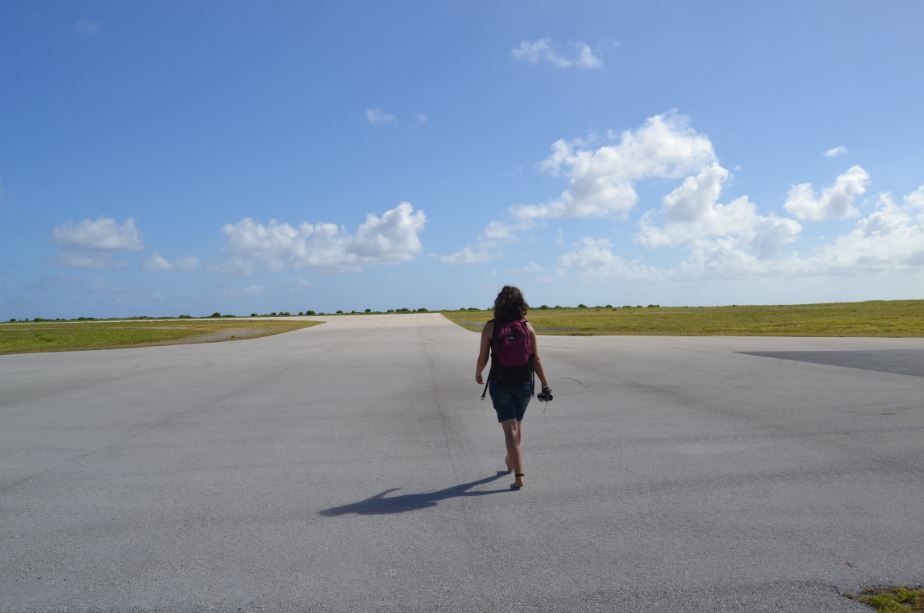


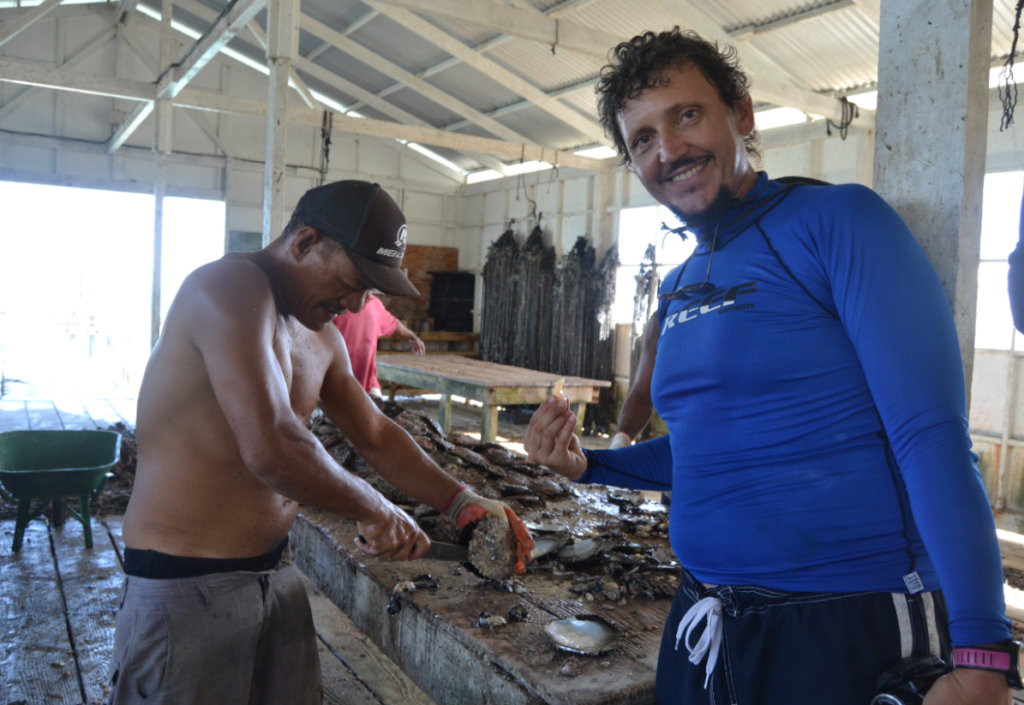
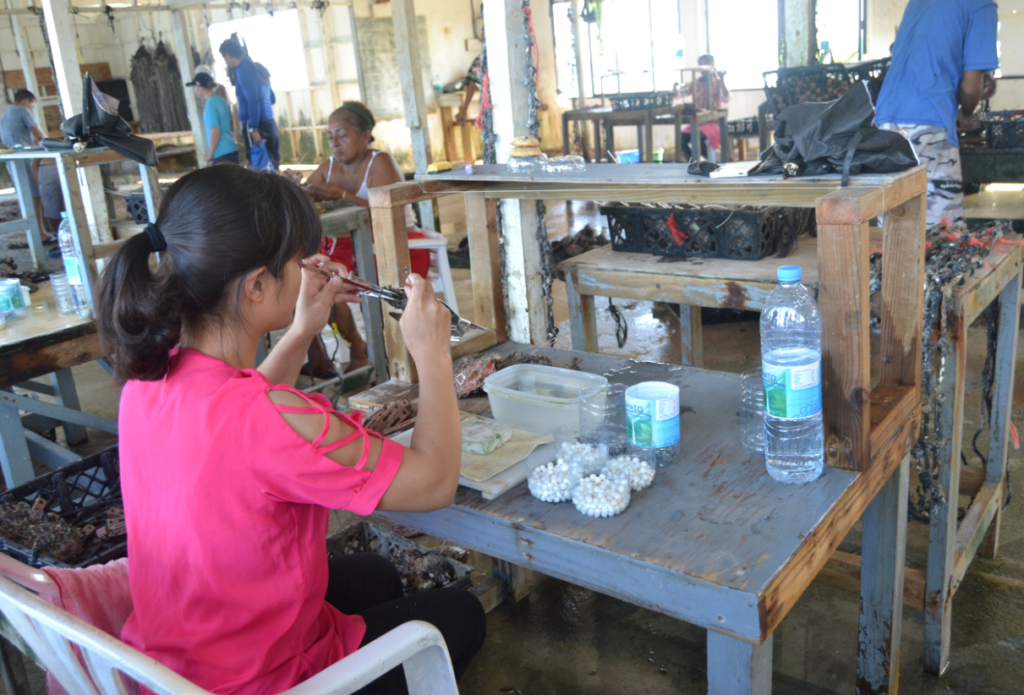
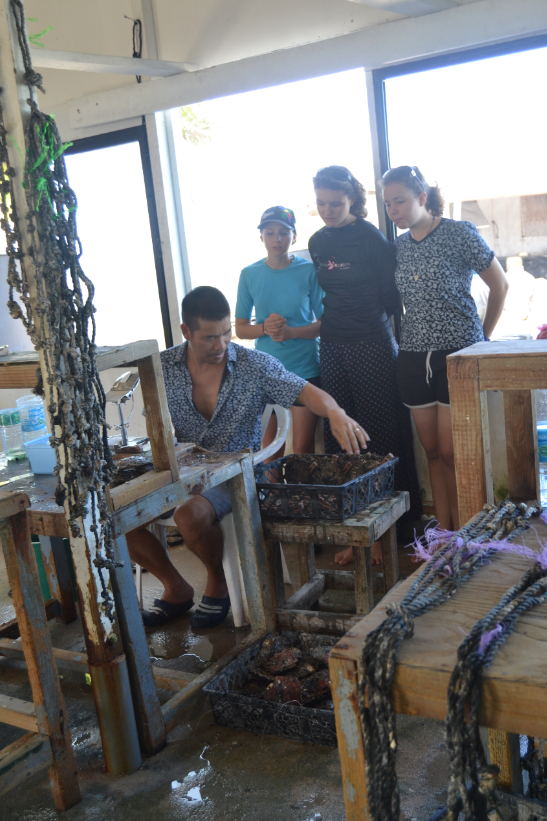
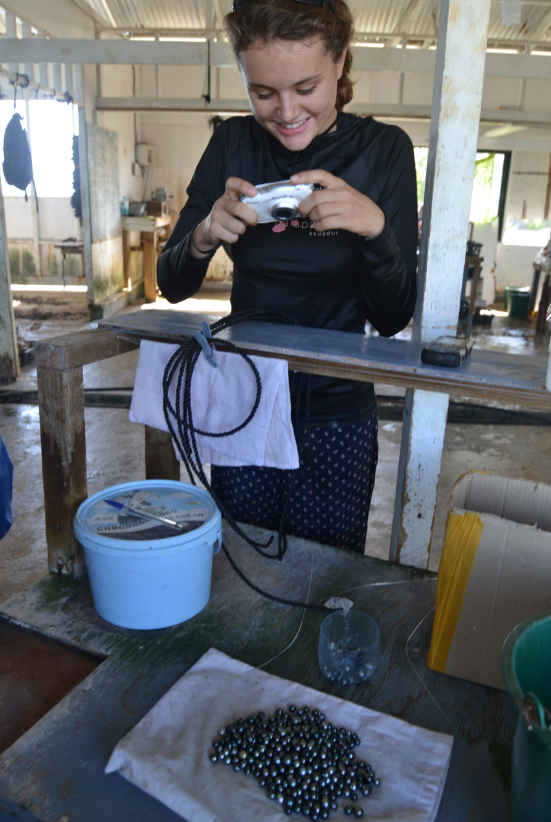
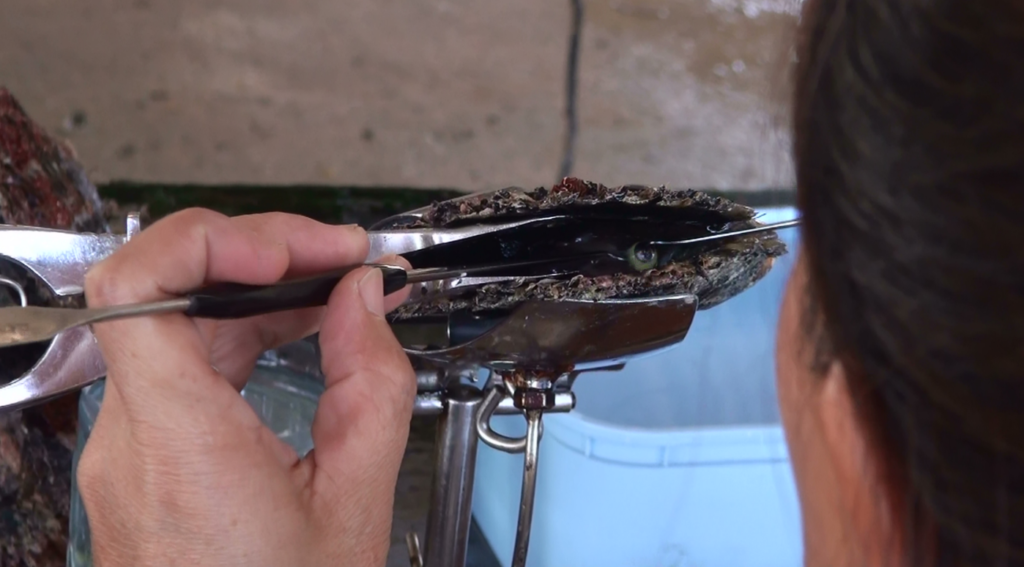
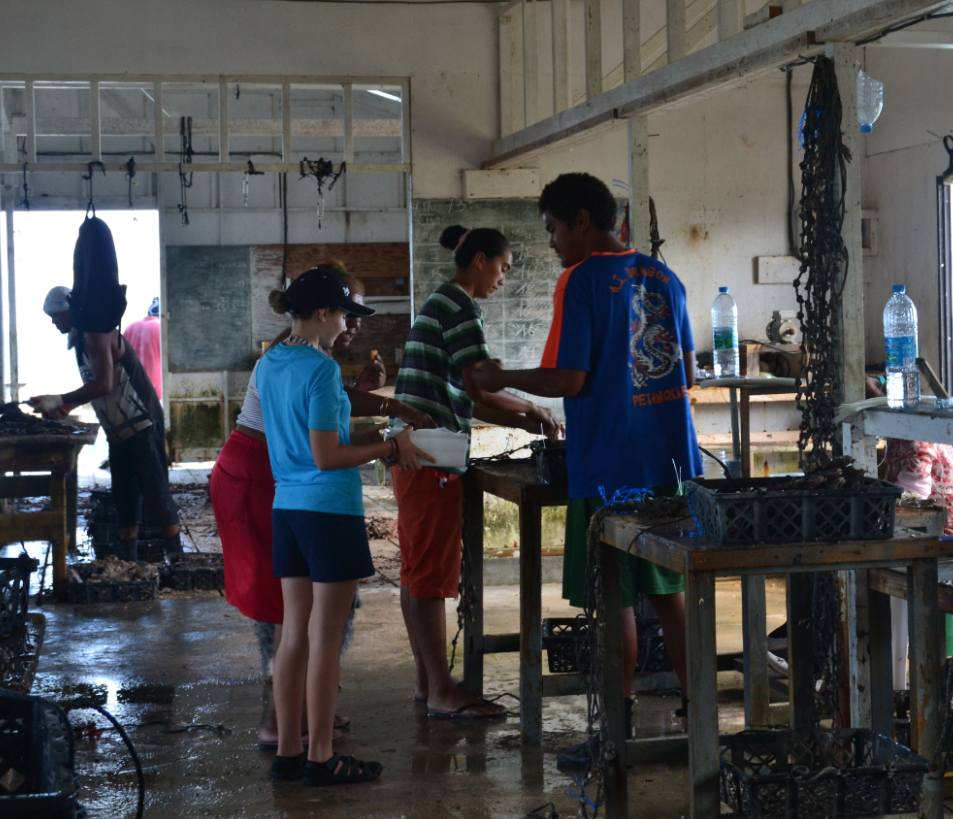
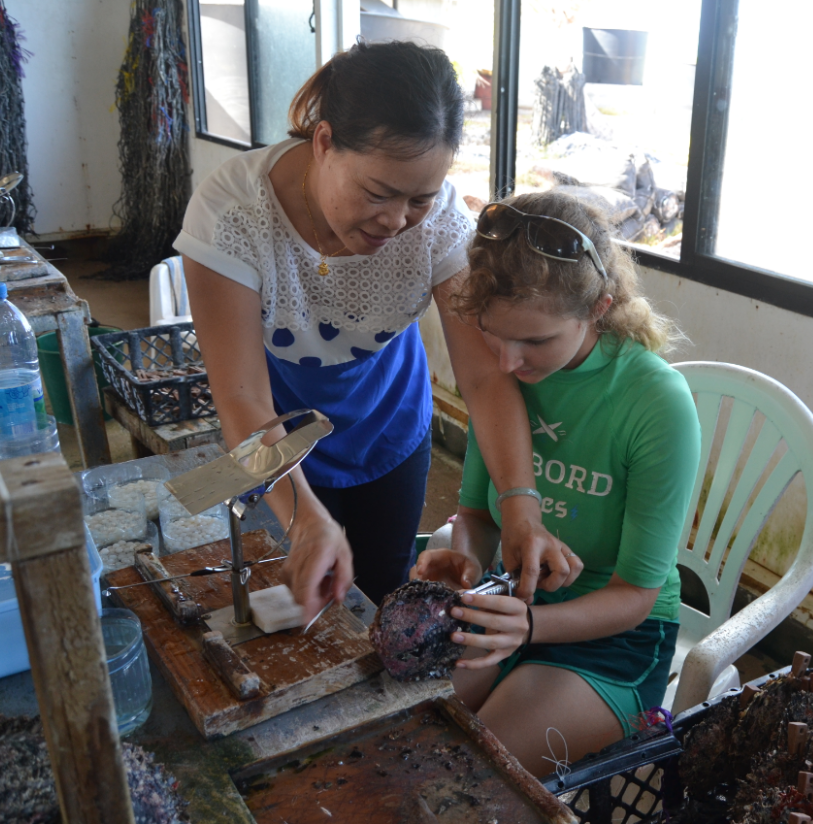
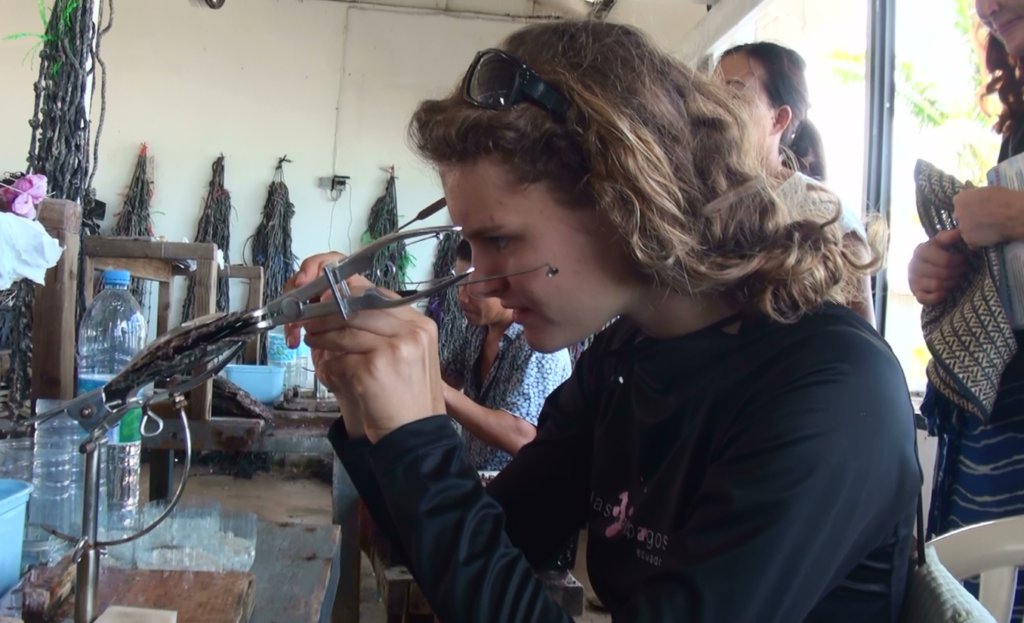
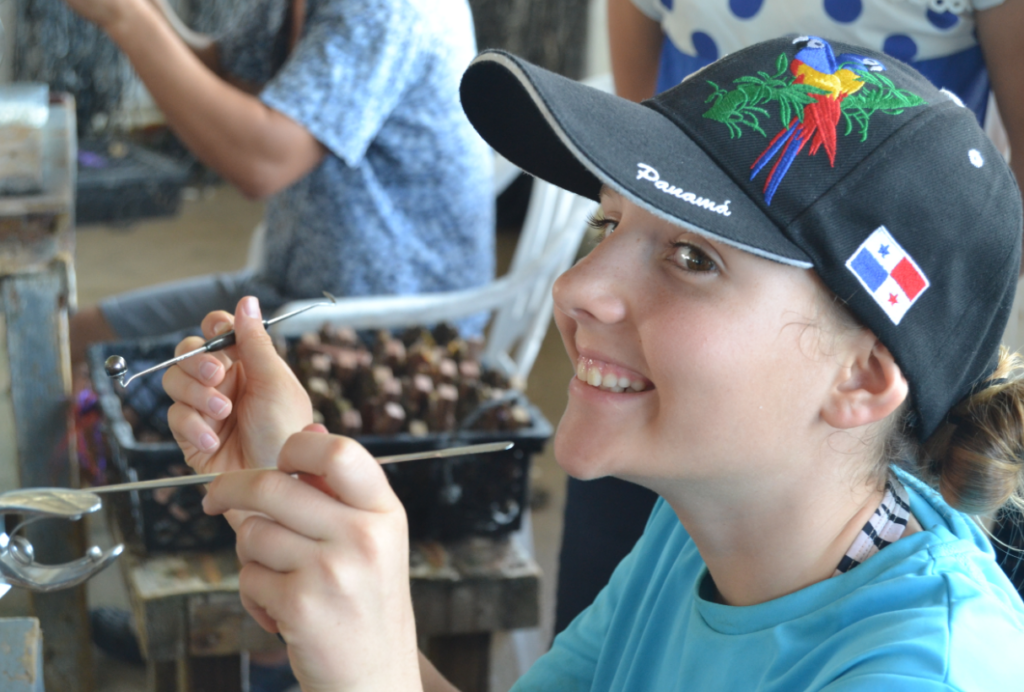
Recent Comments